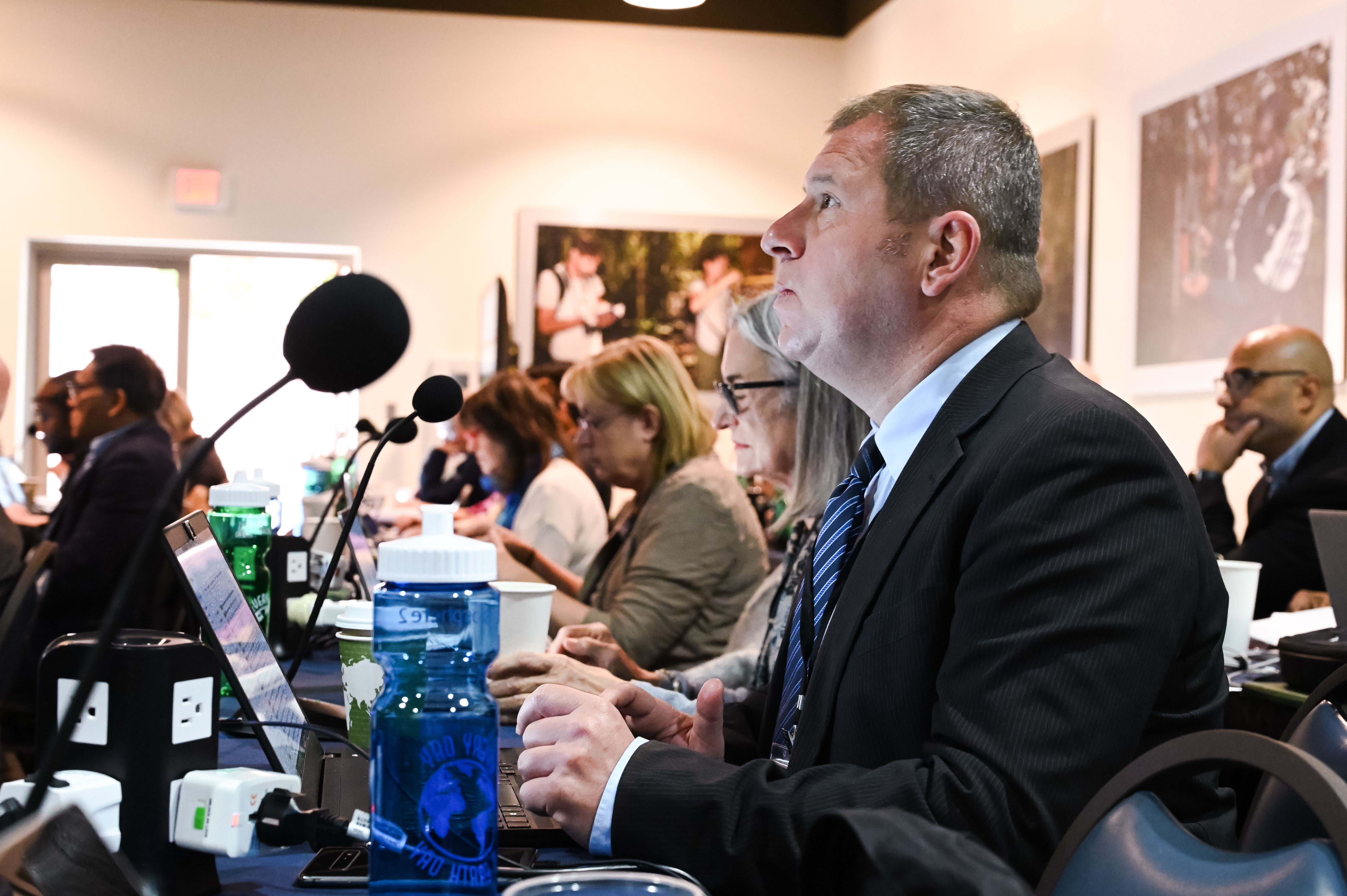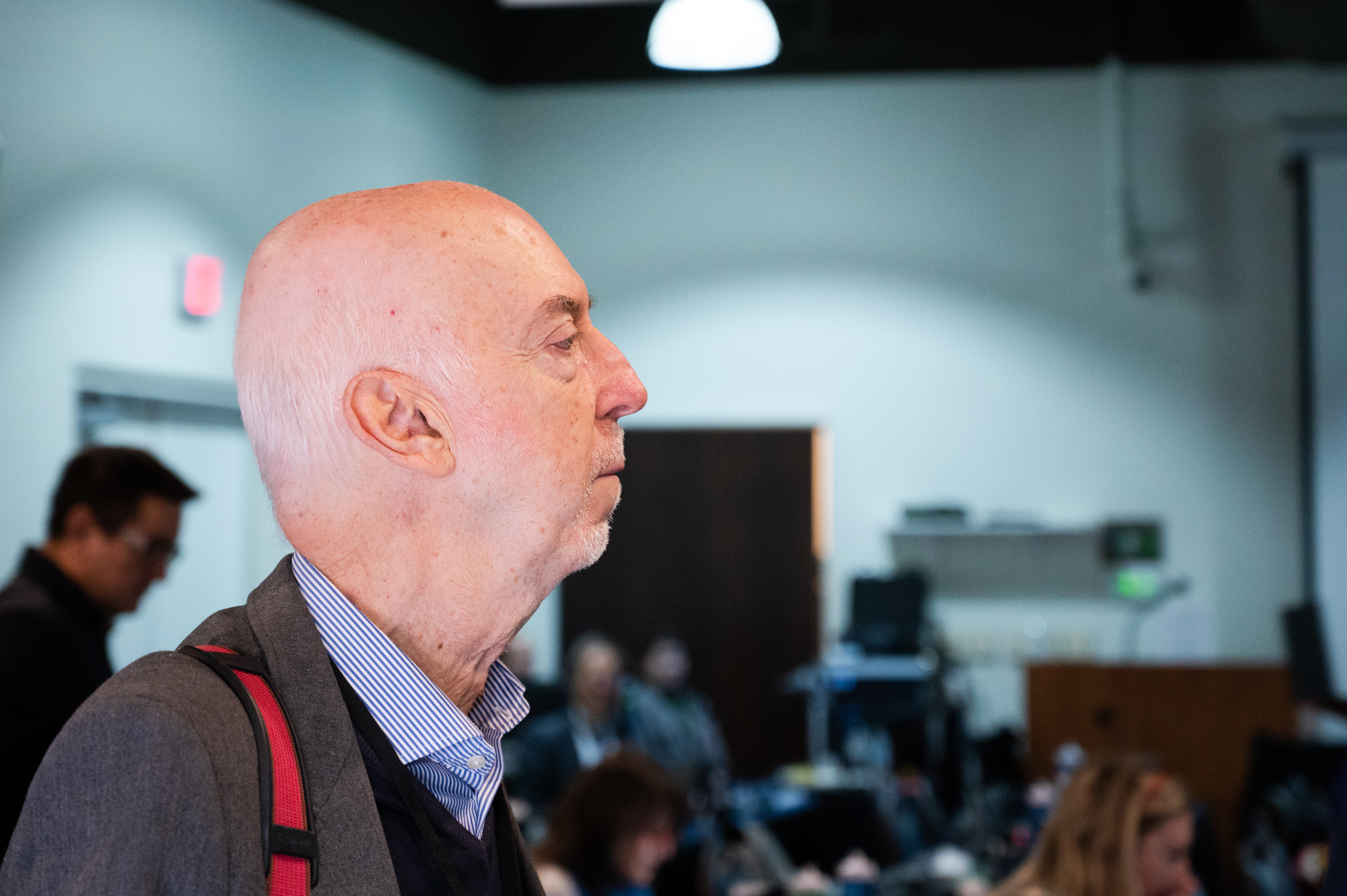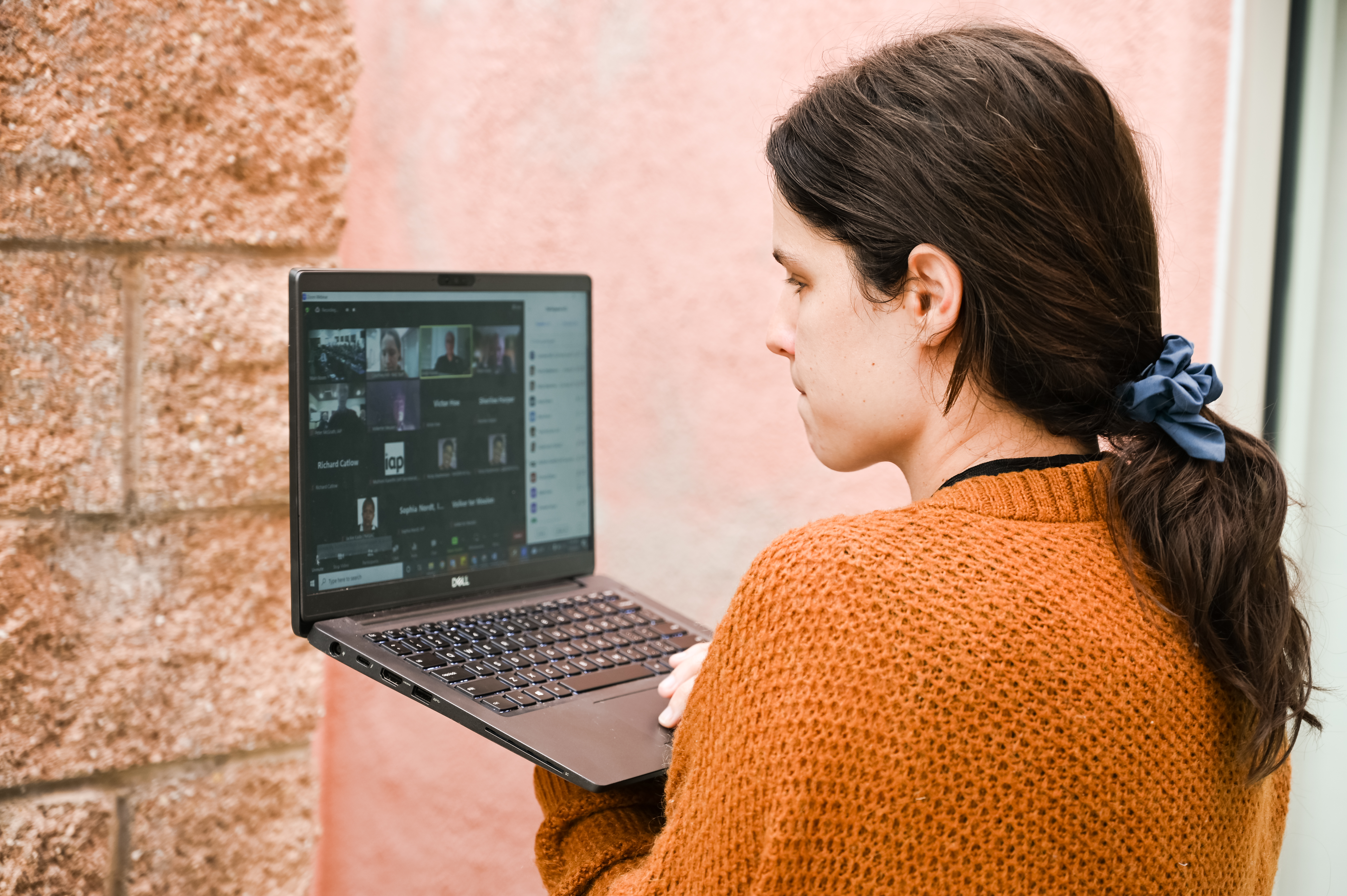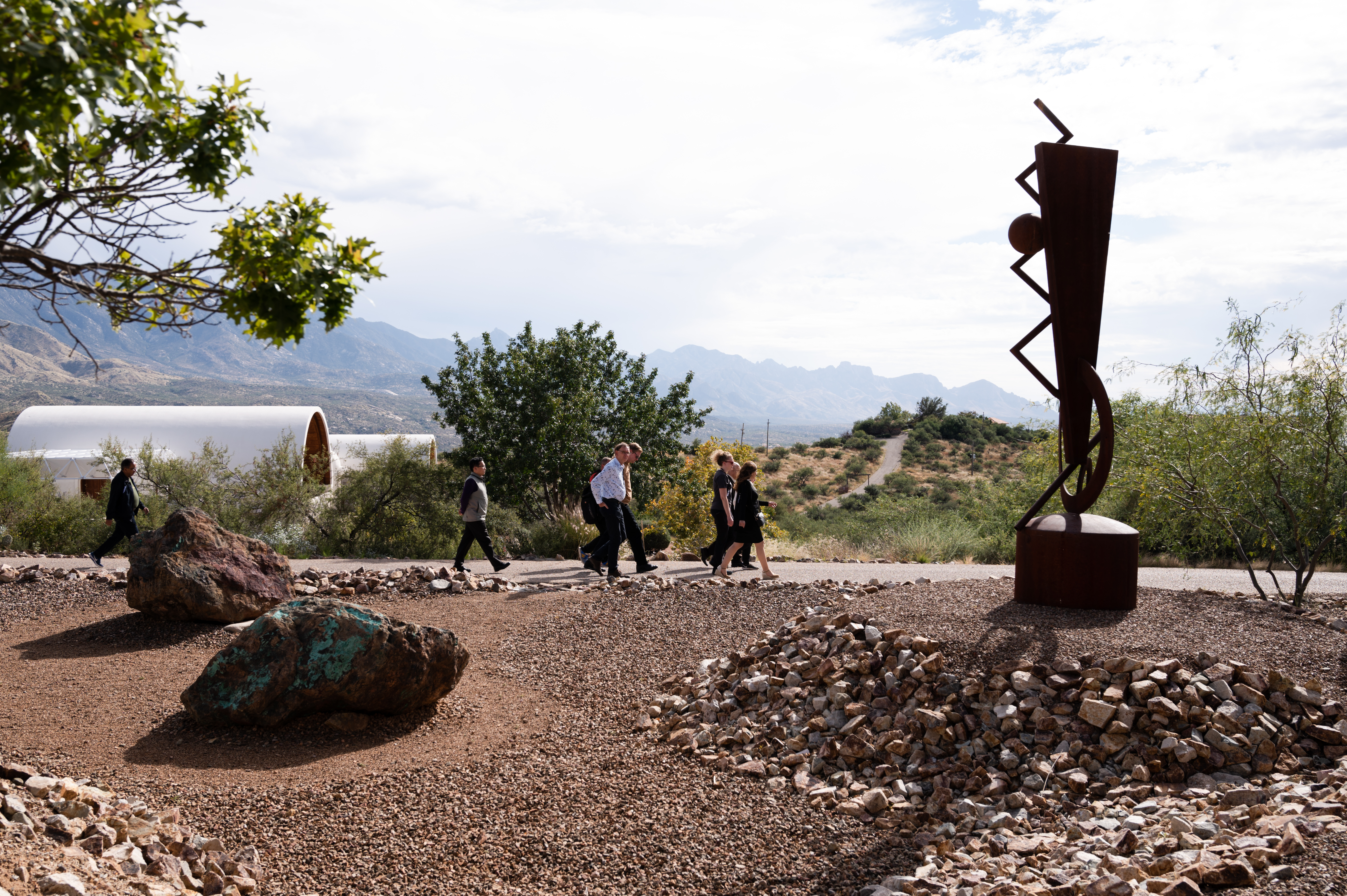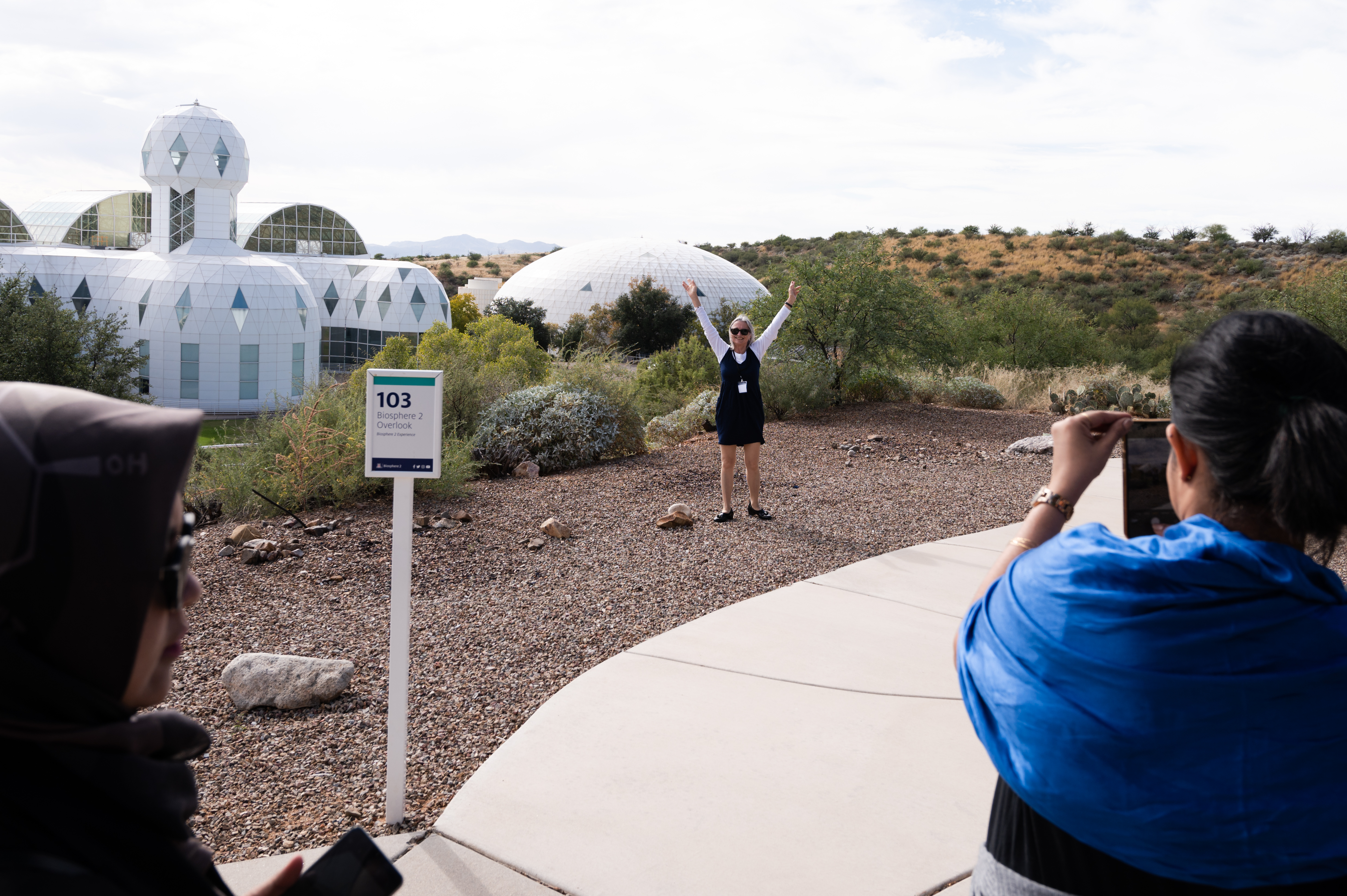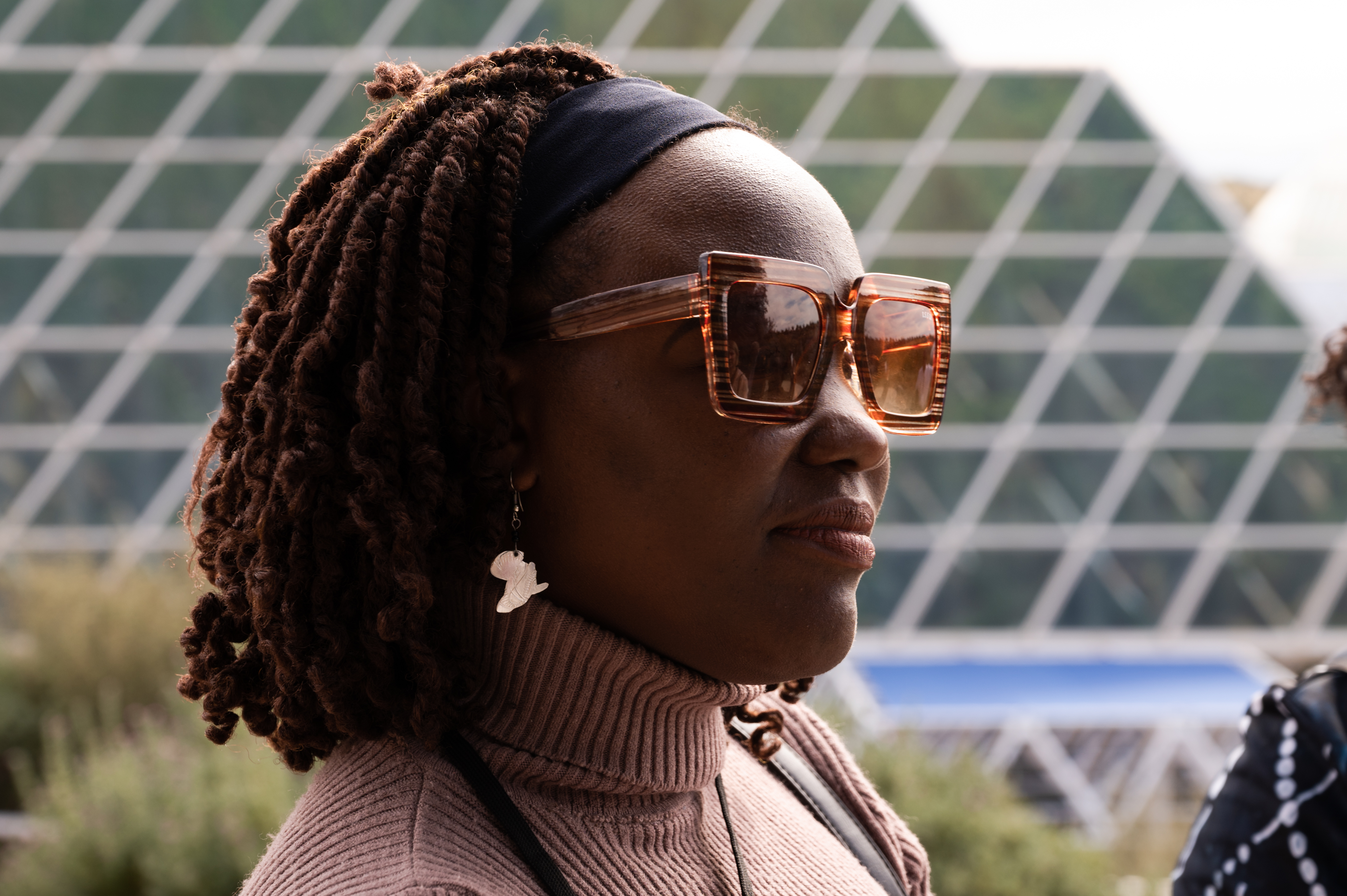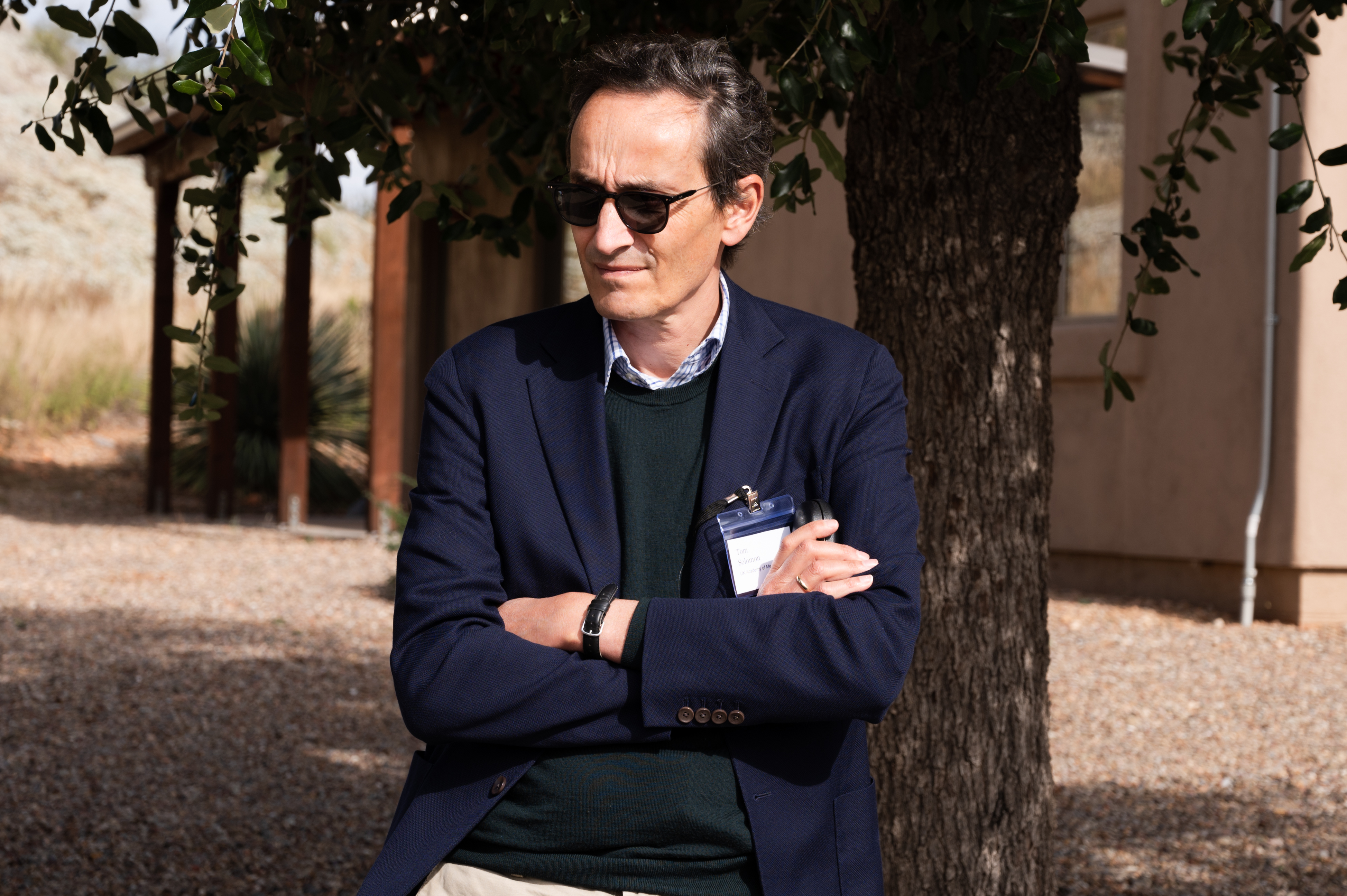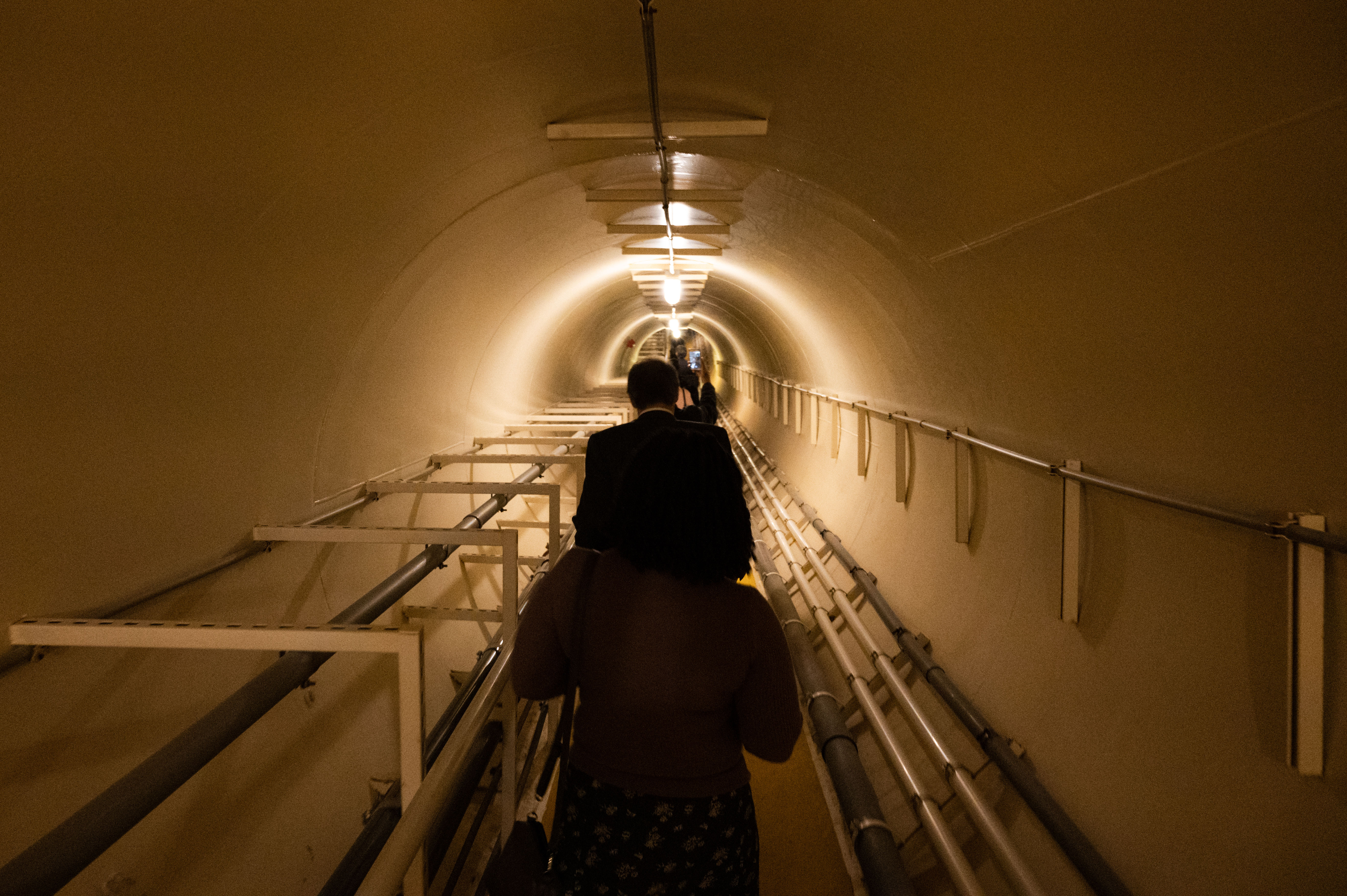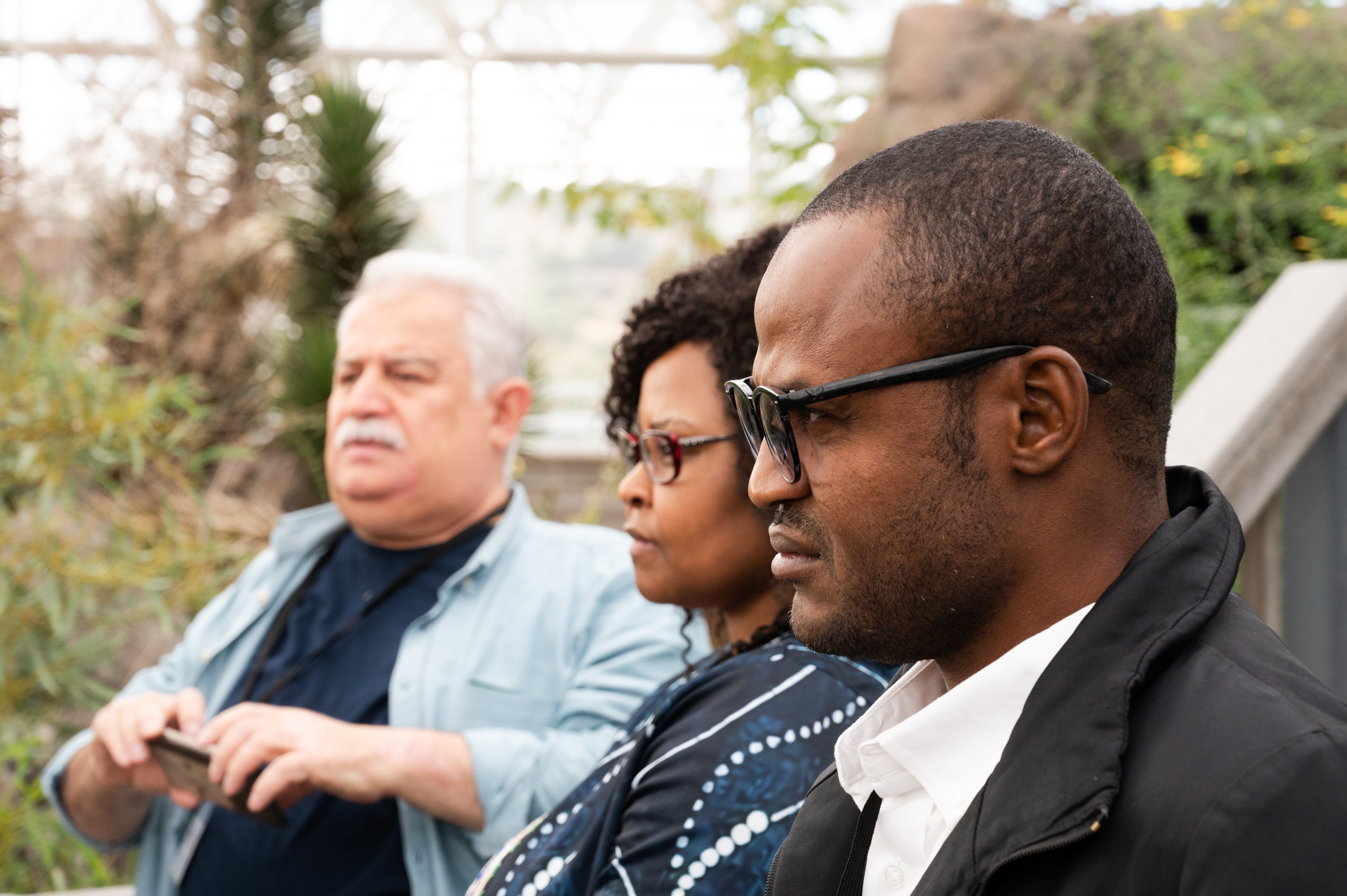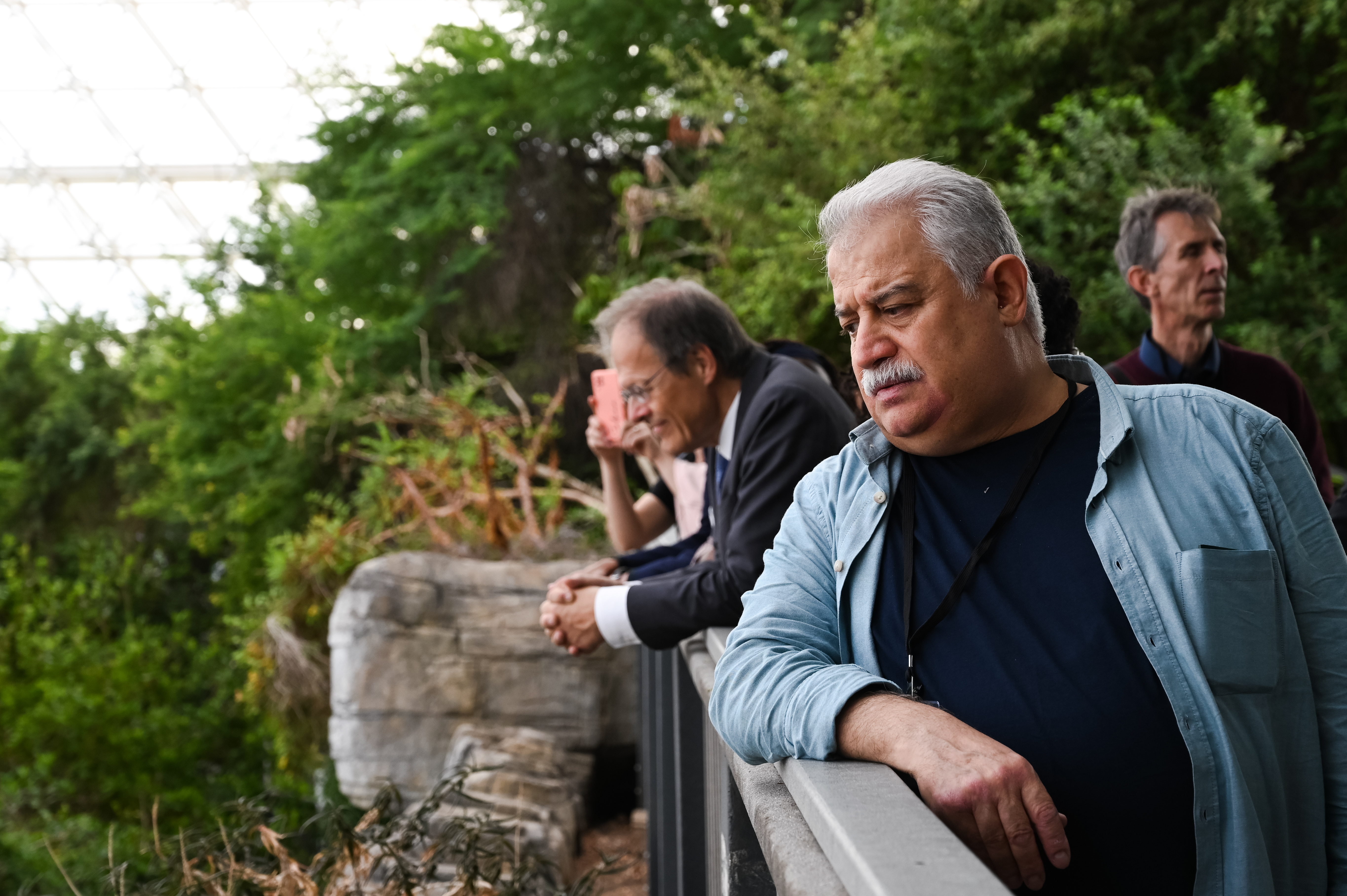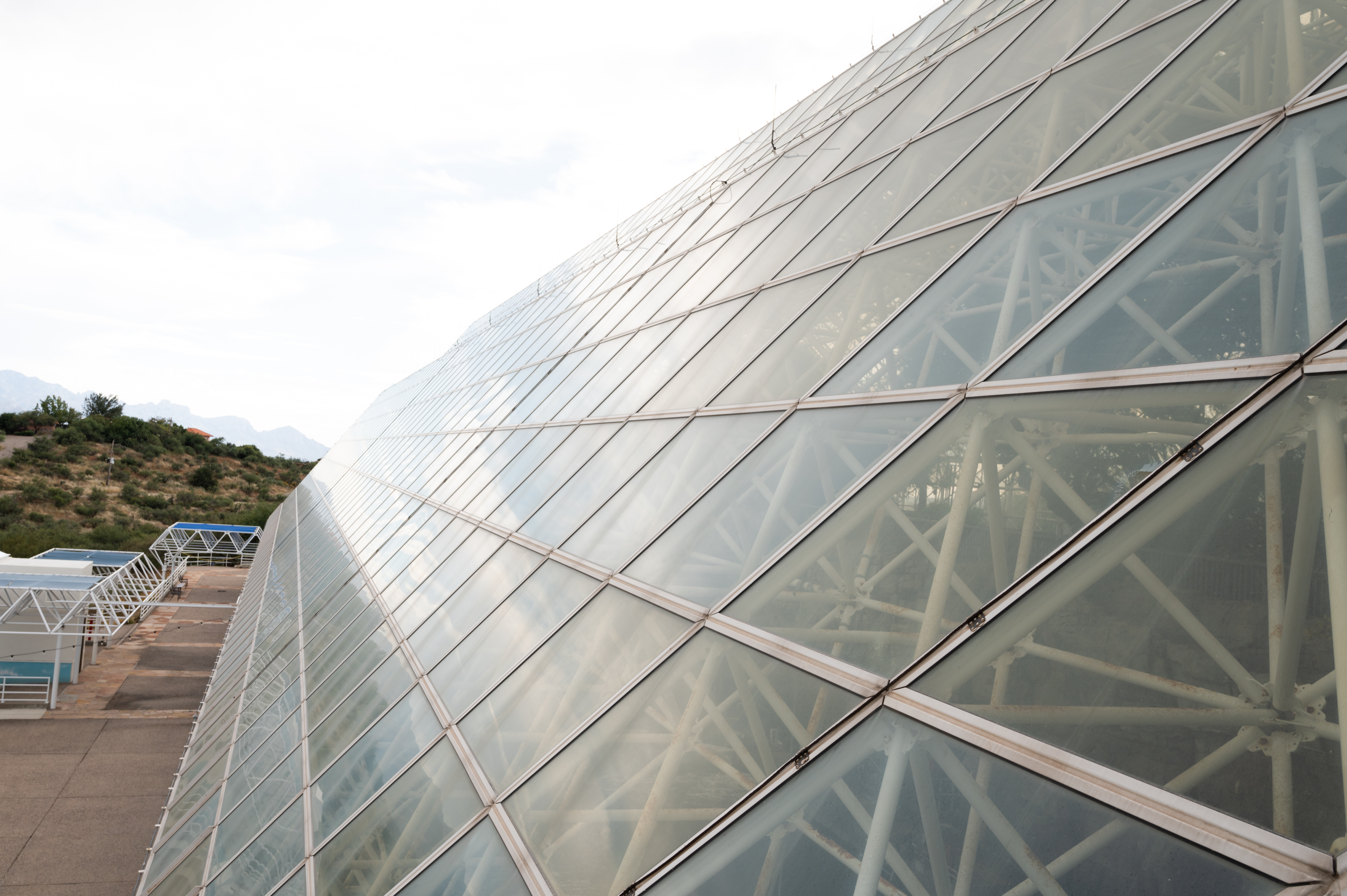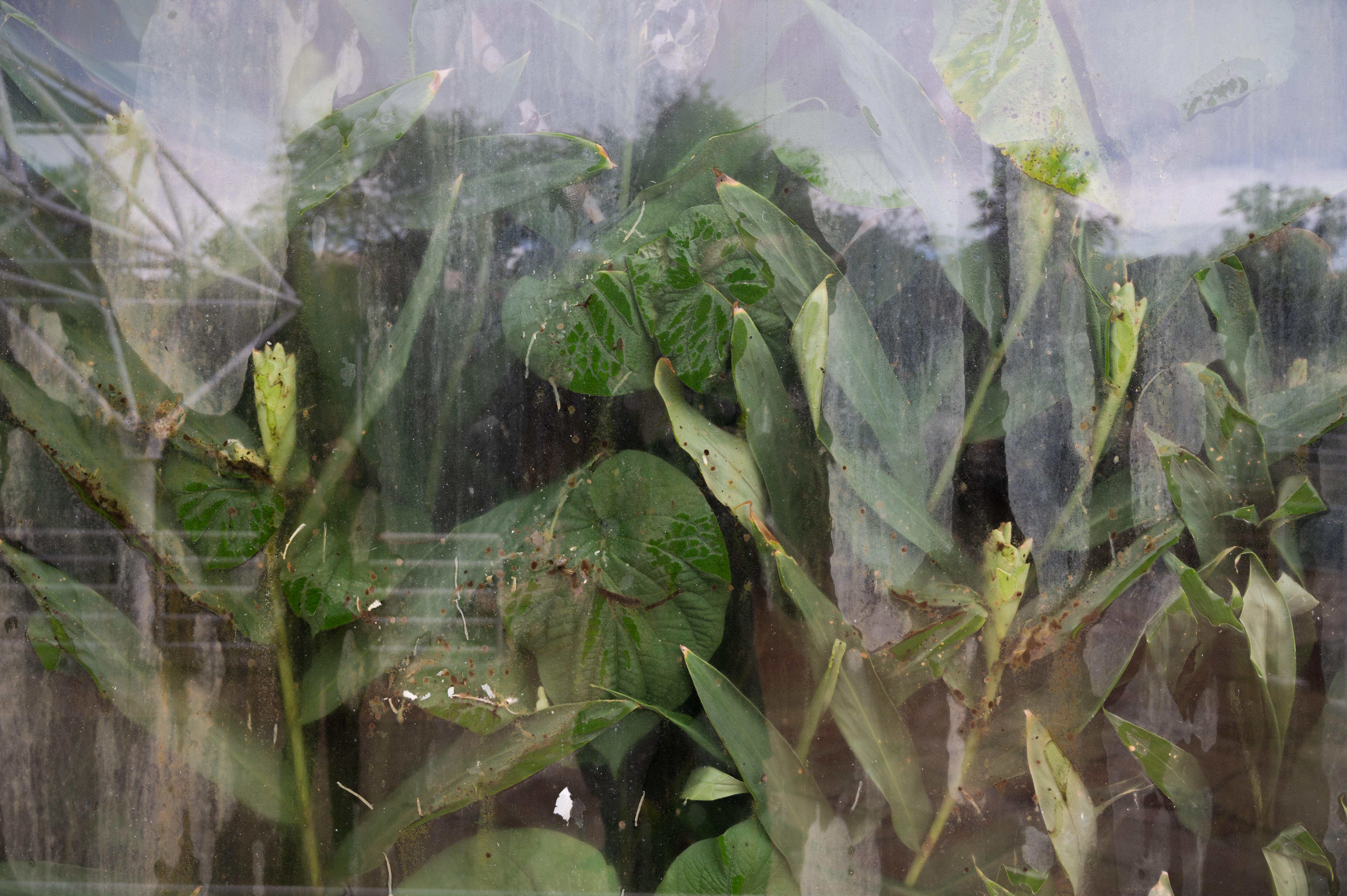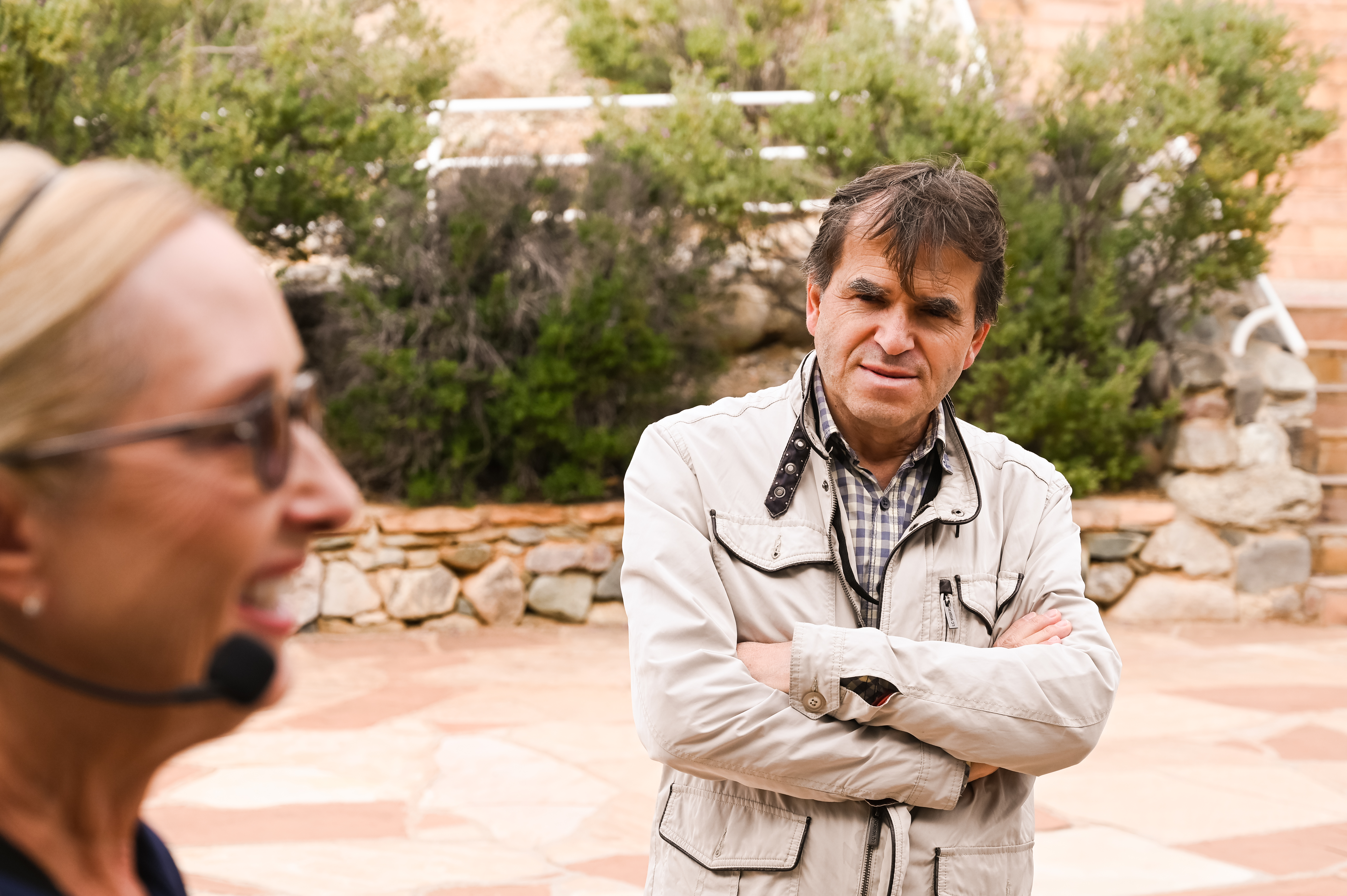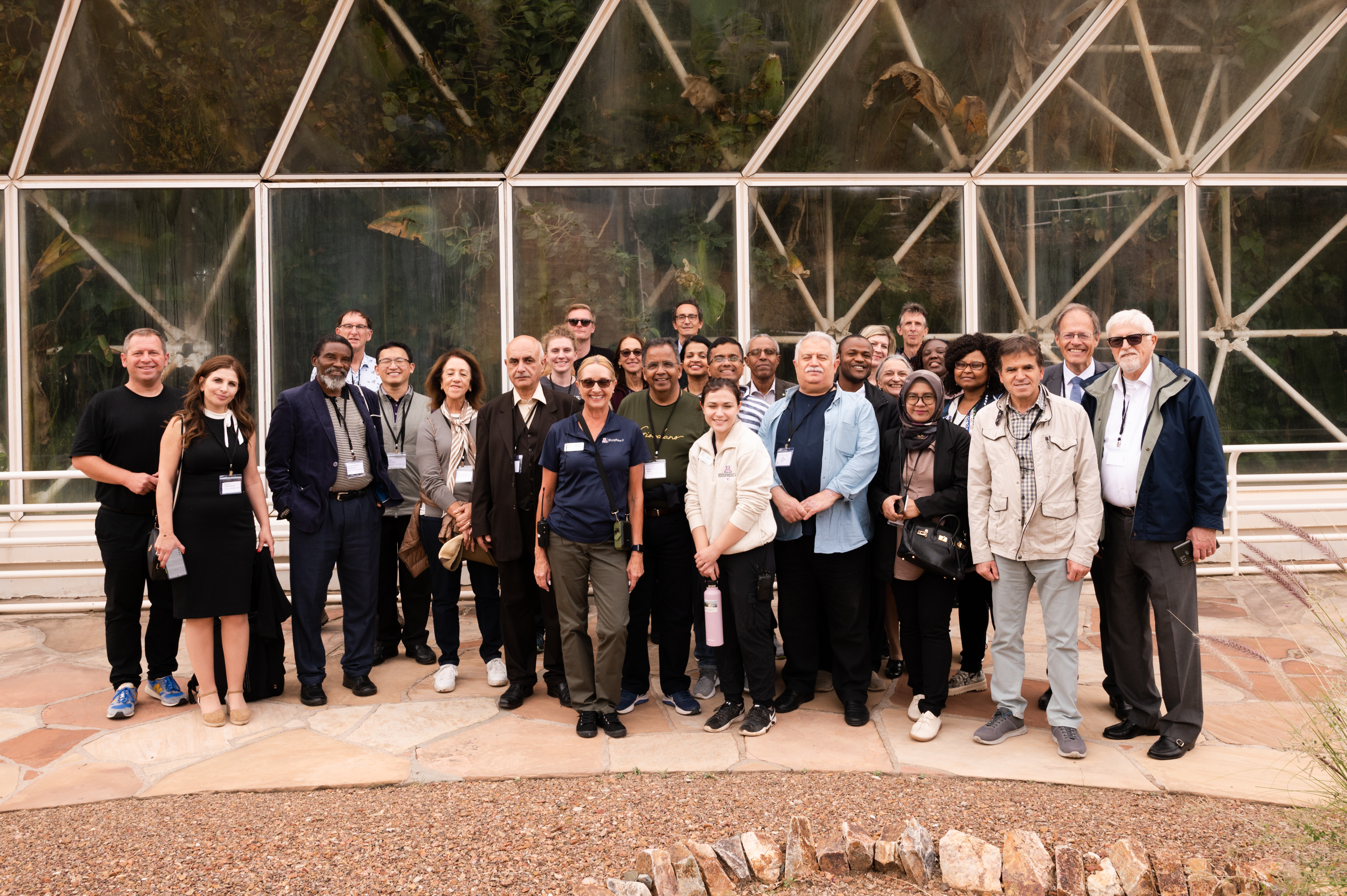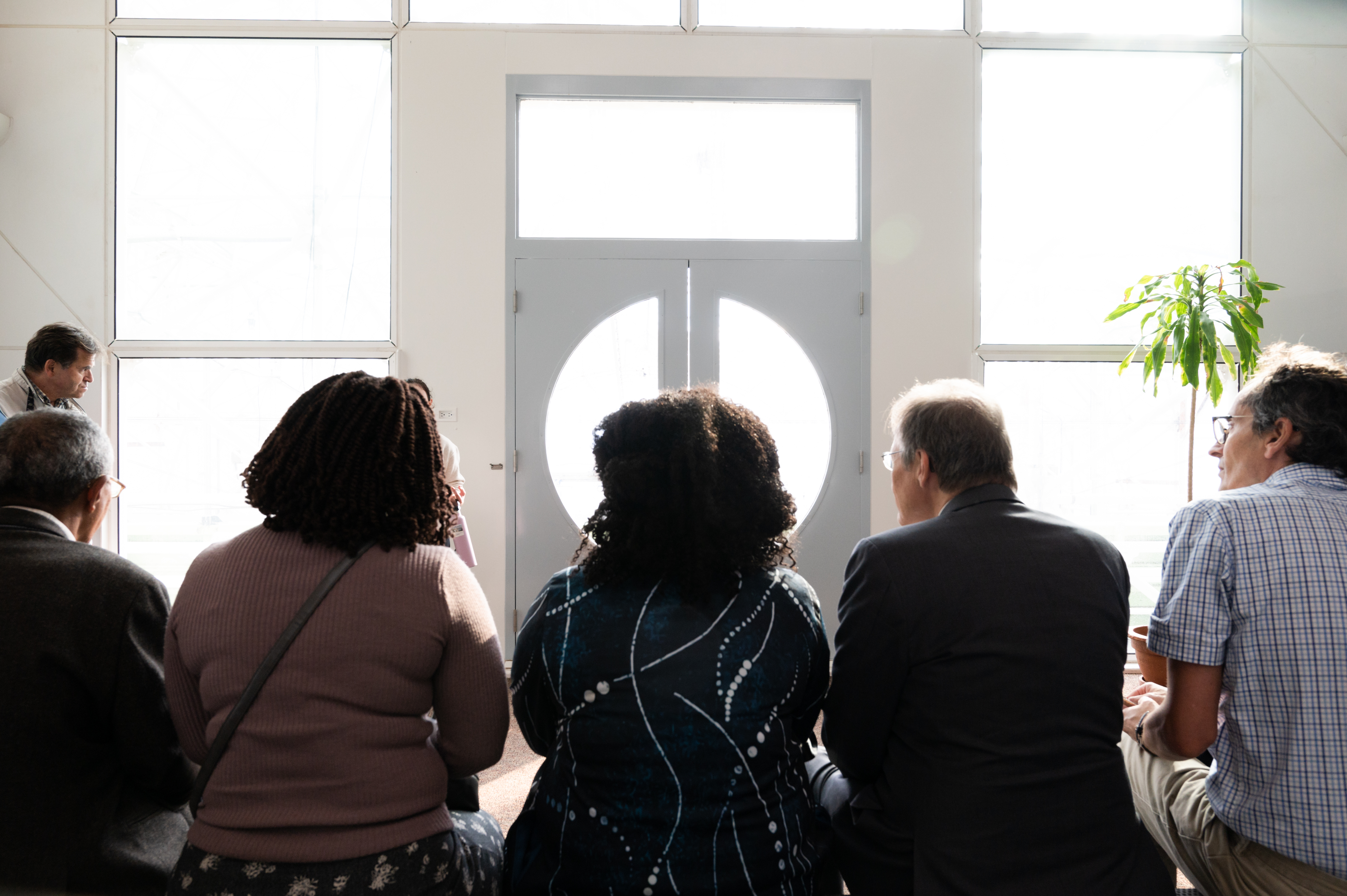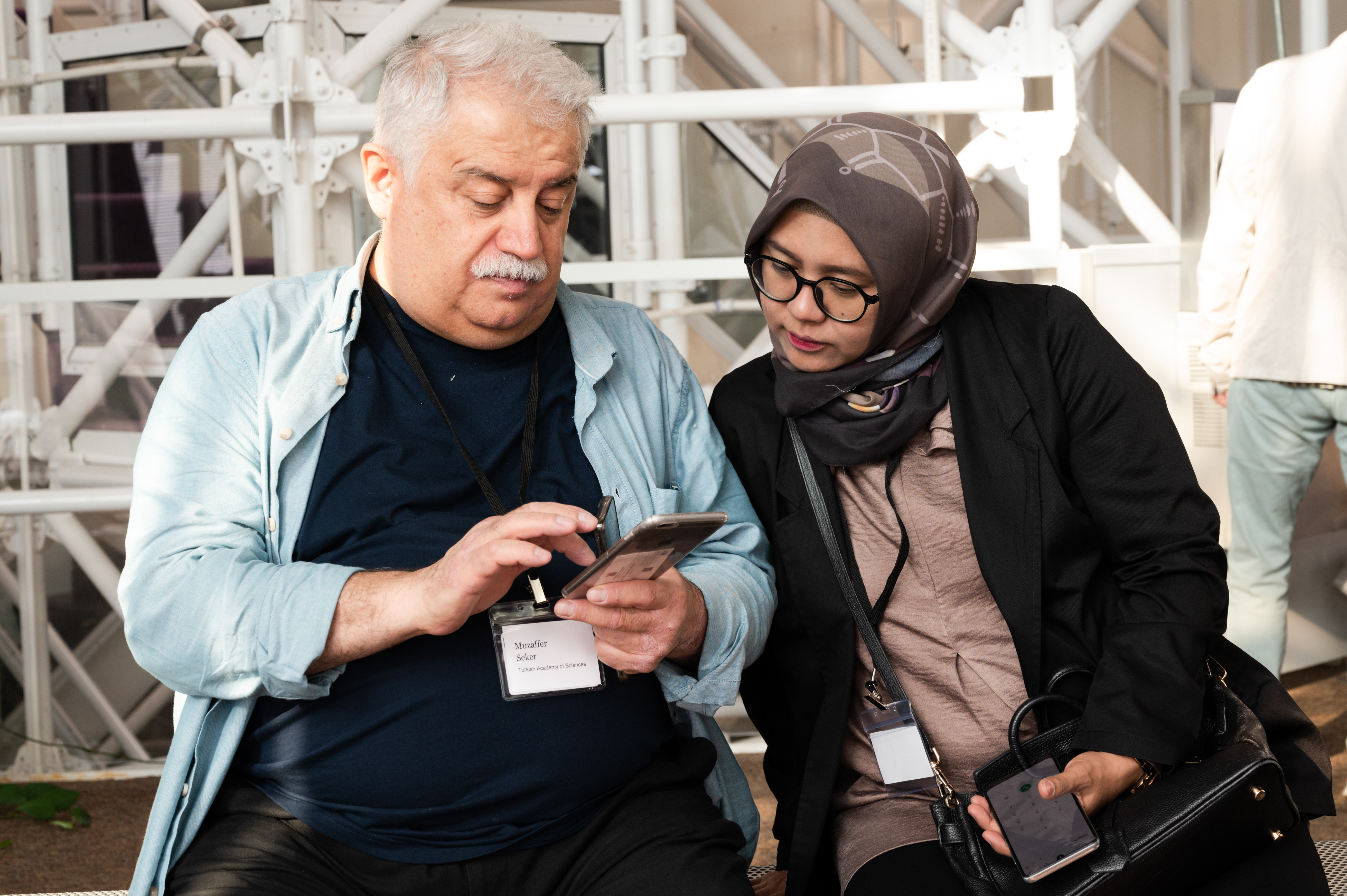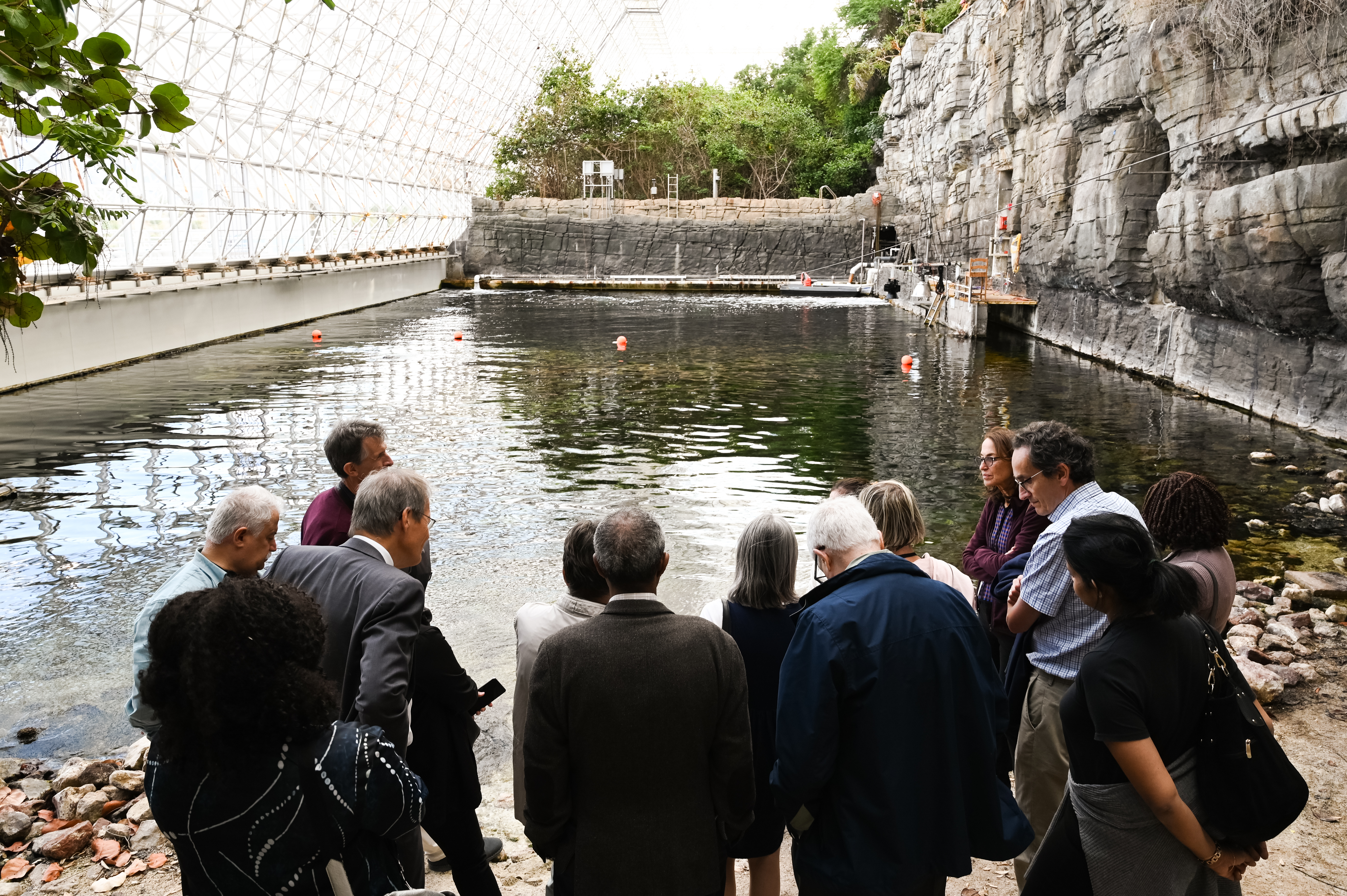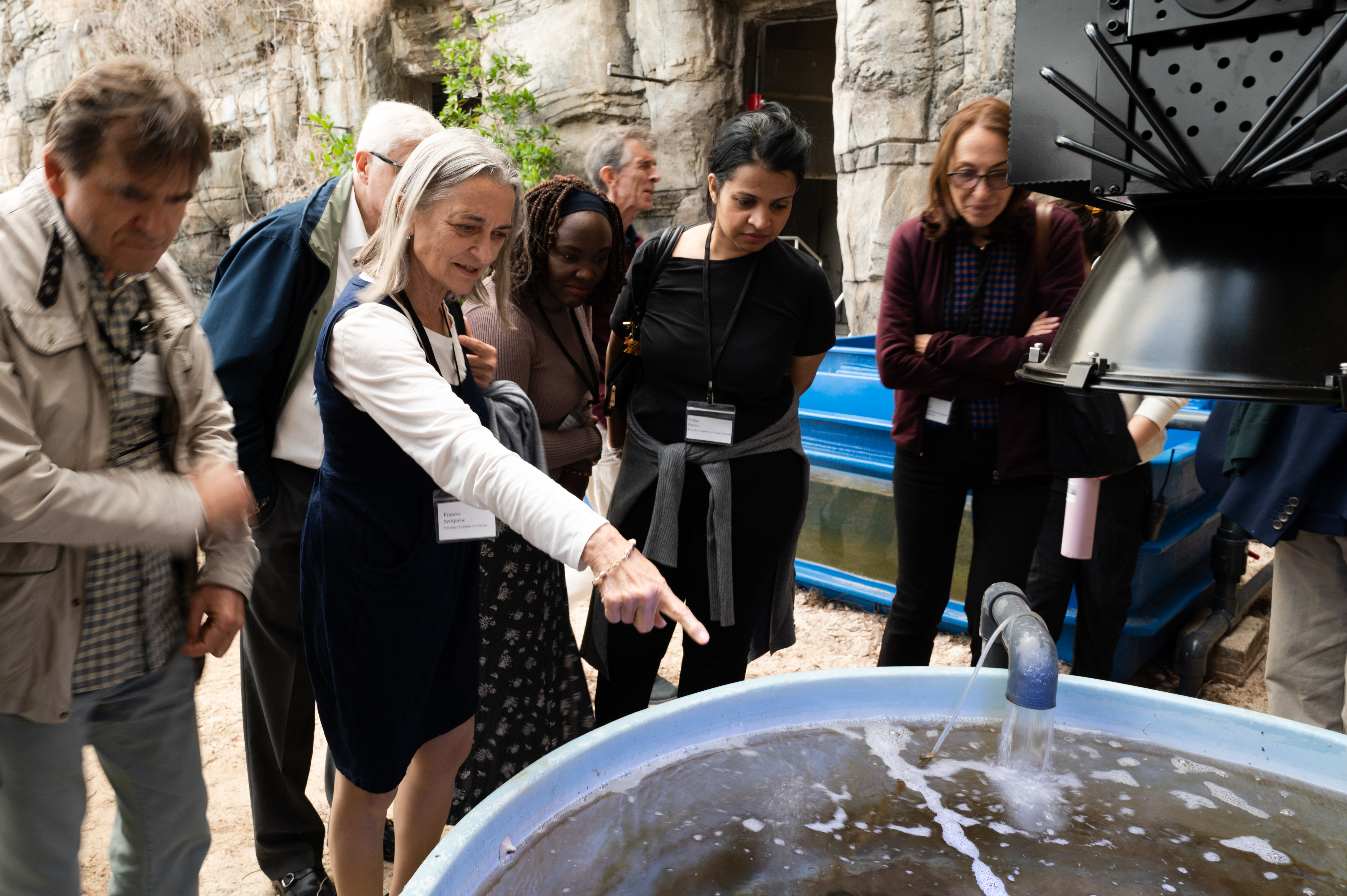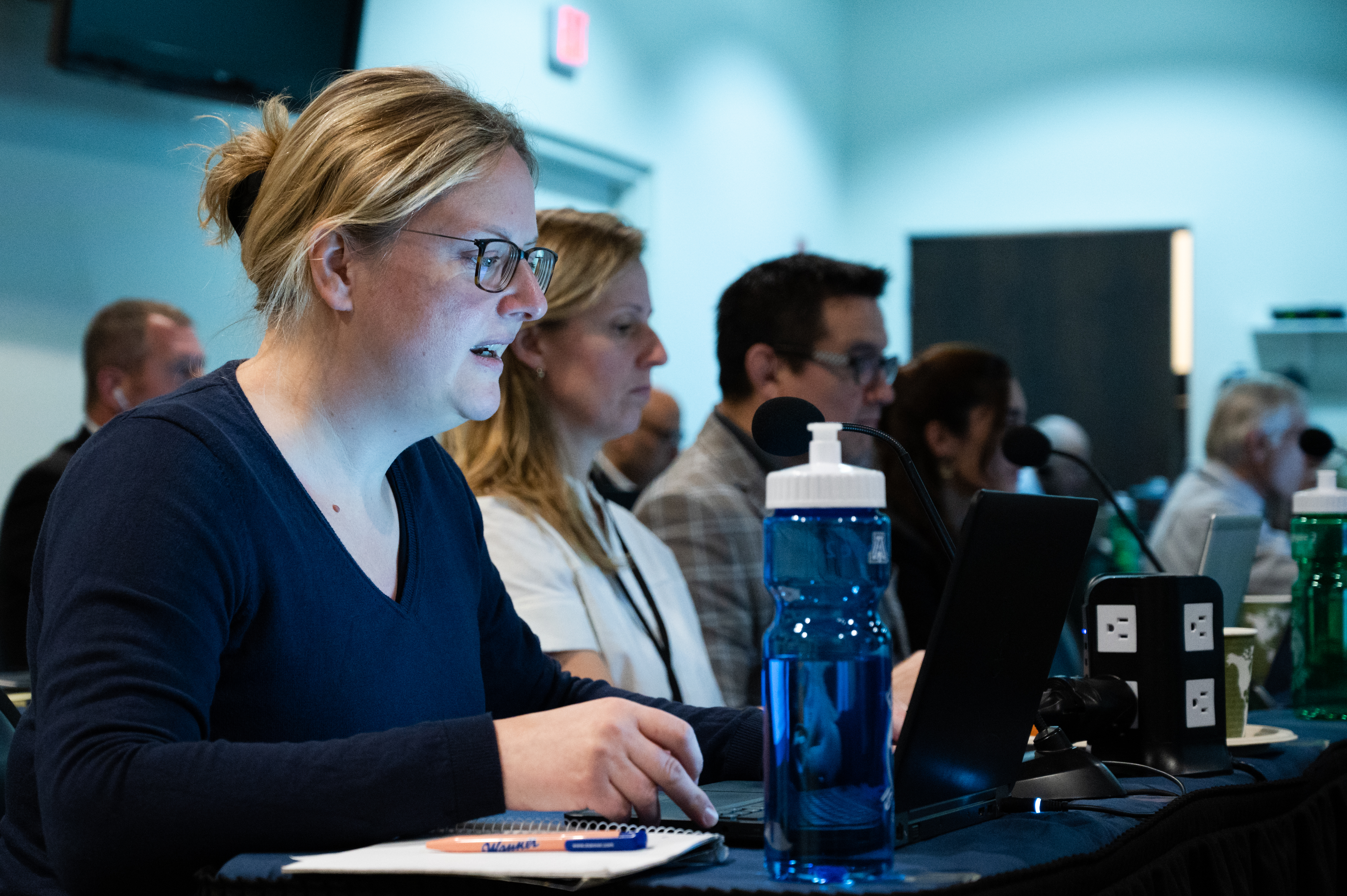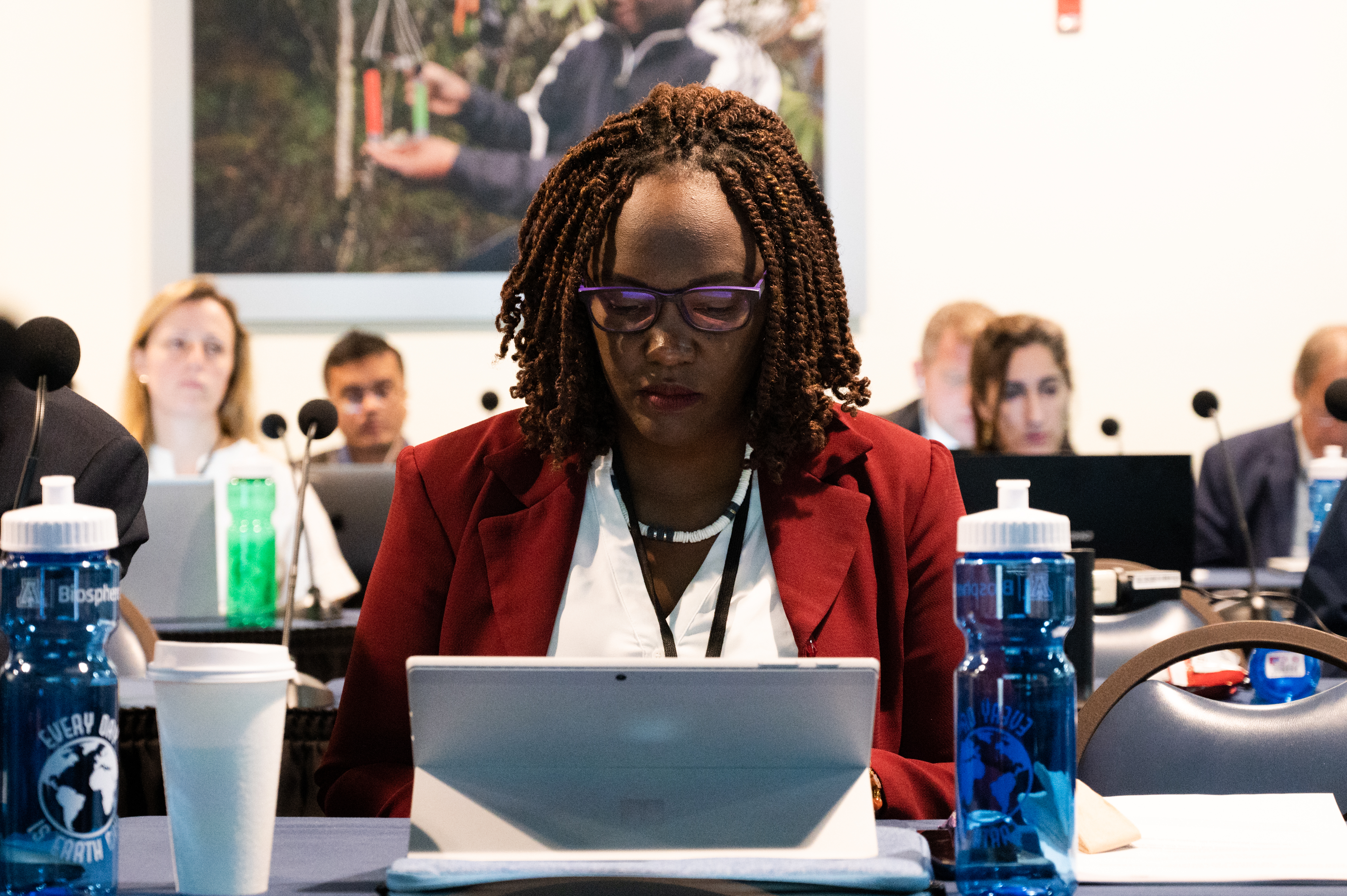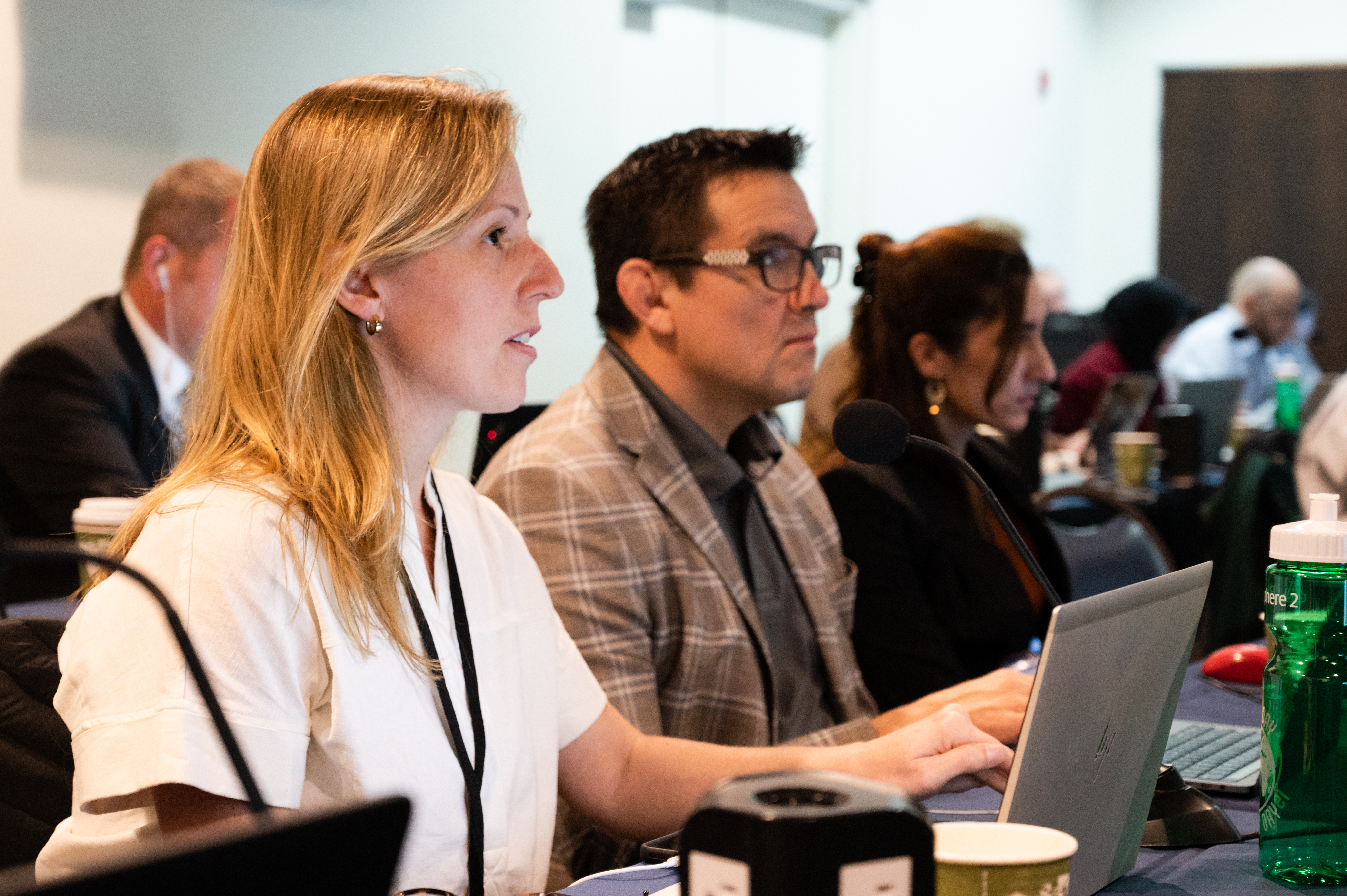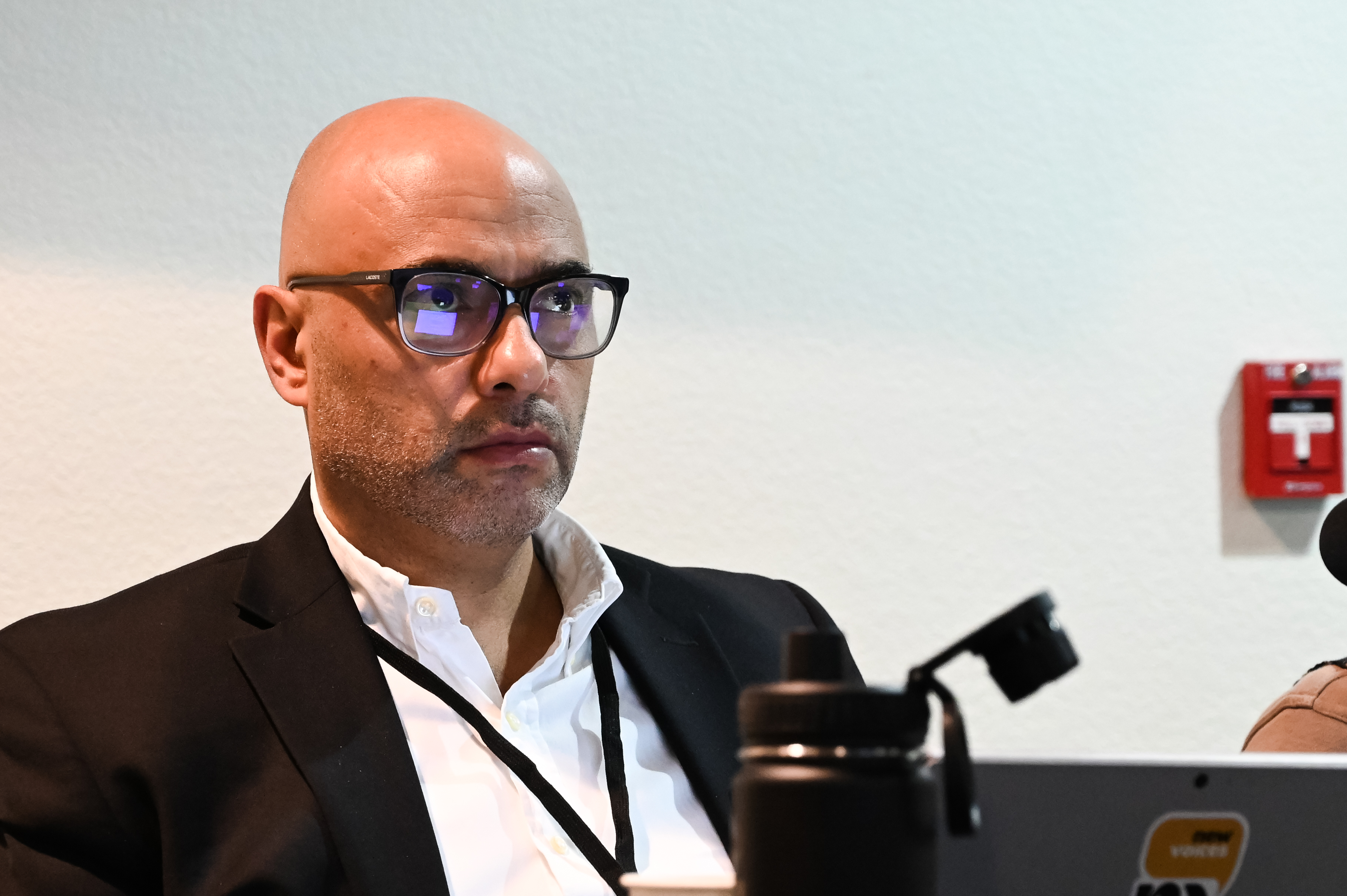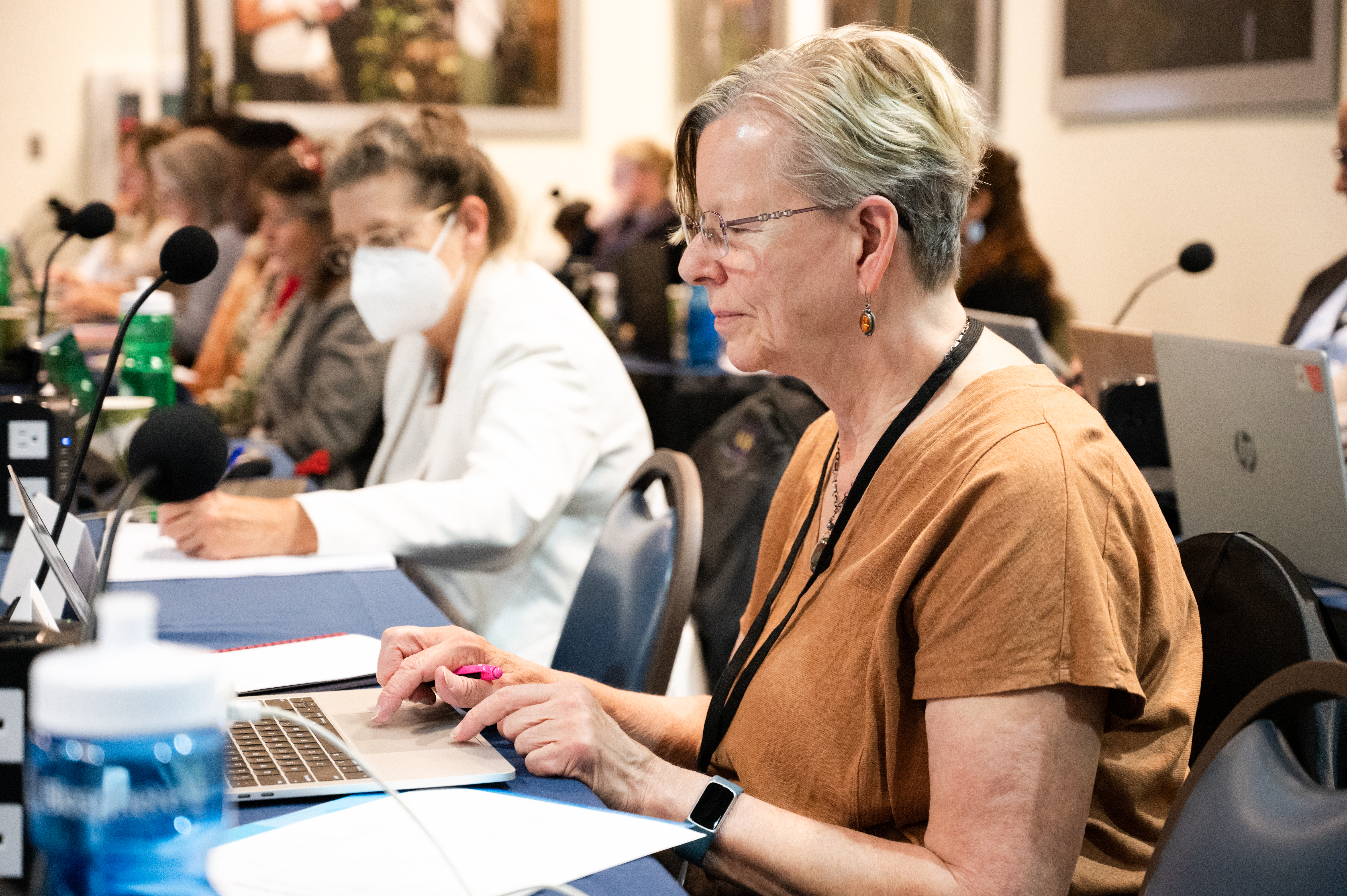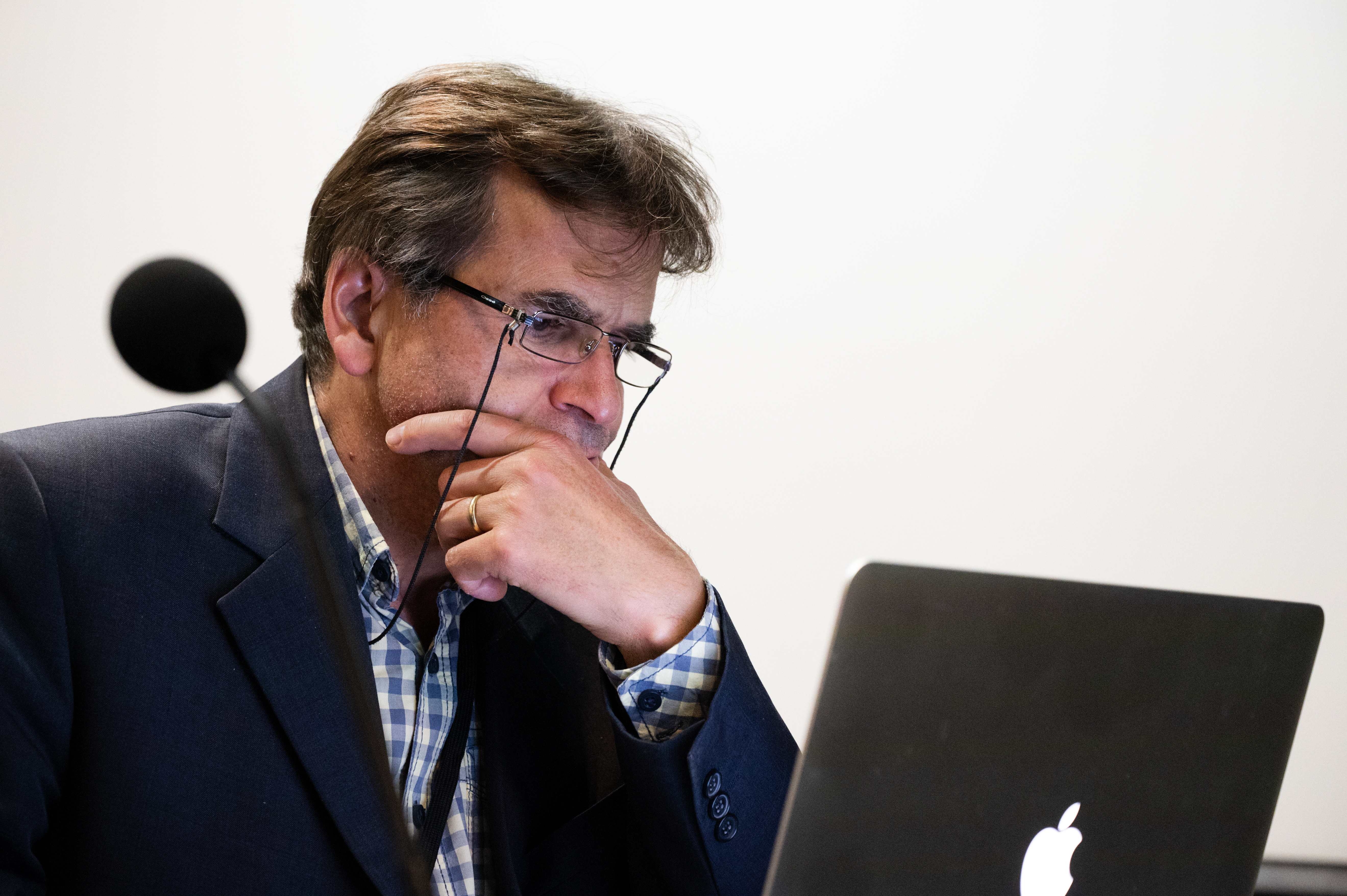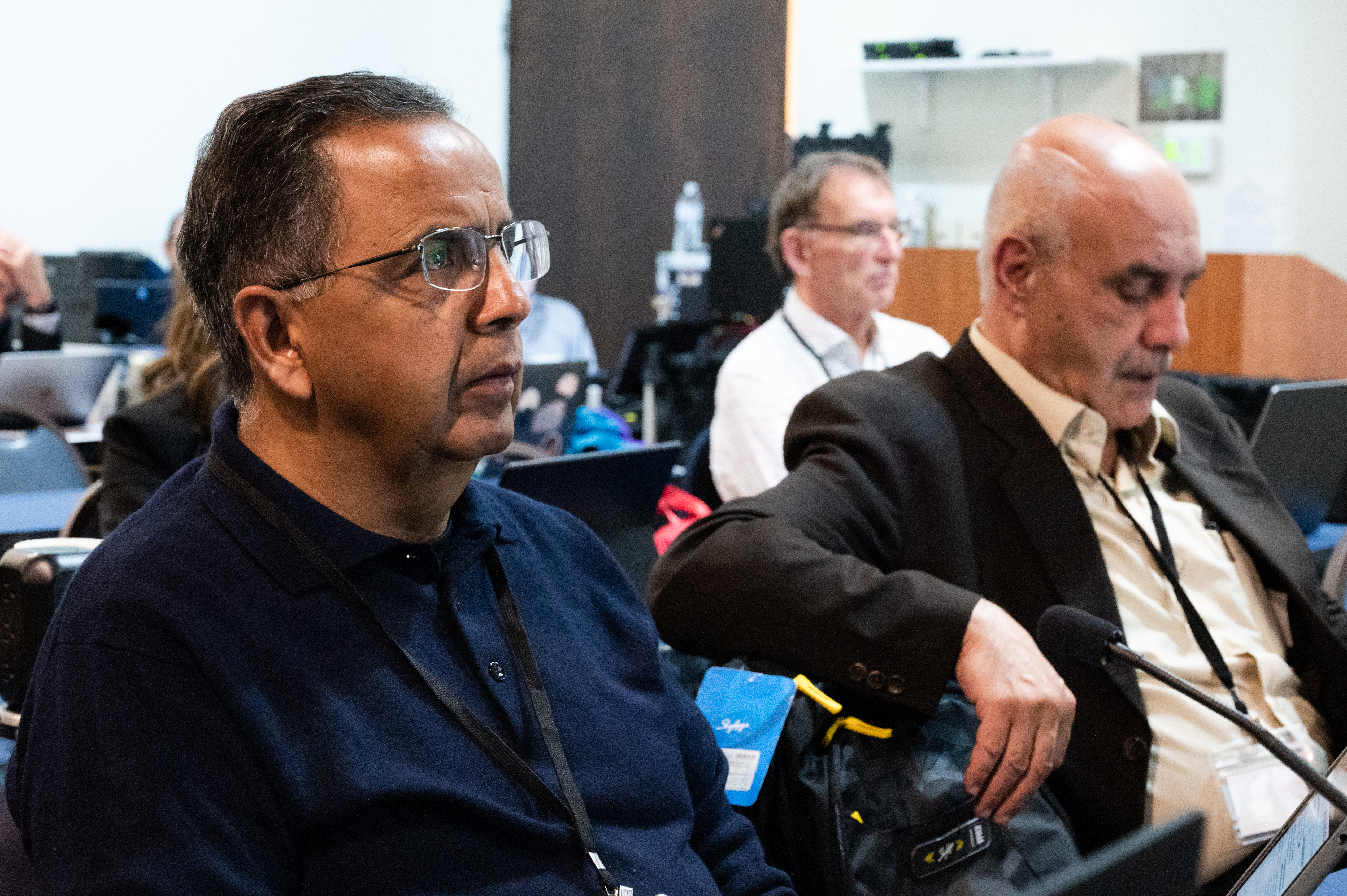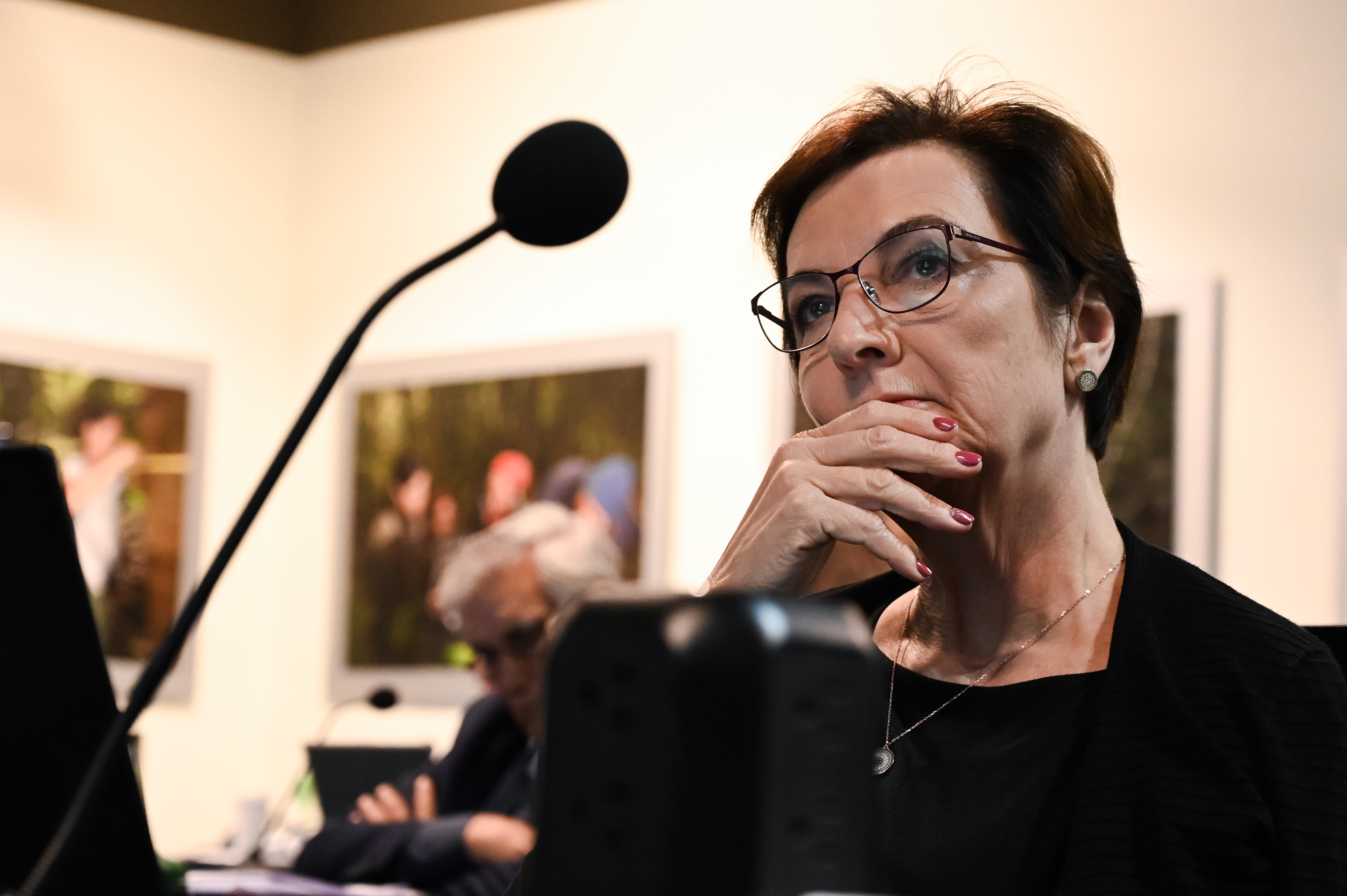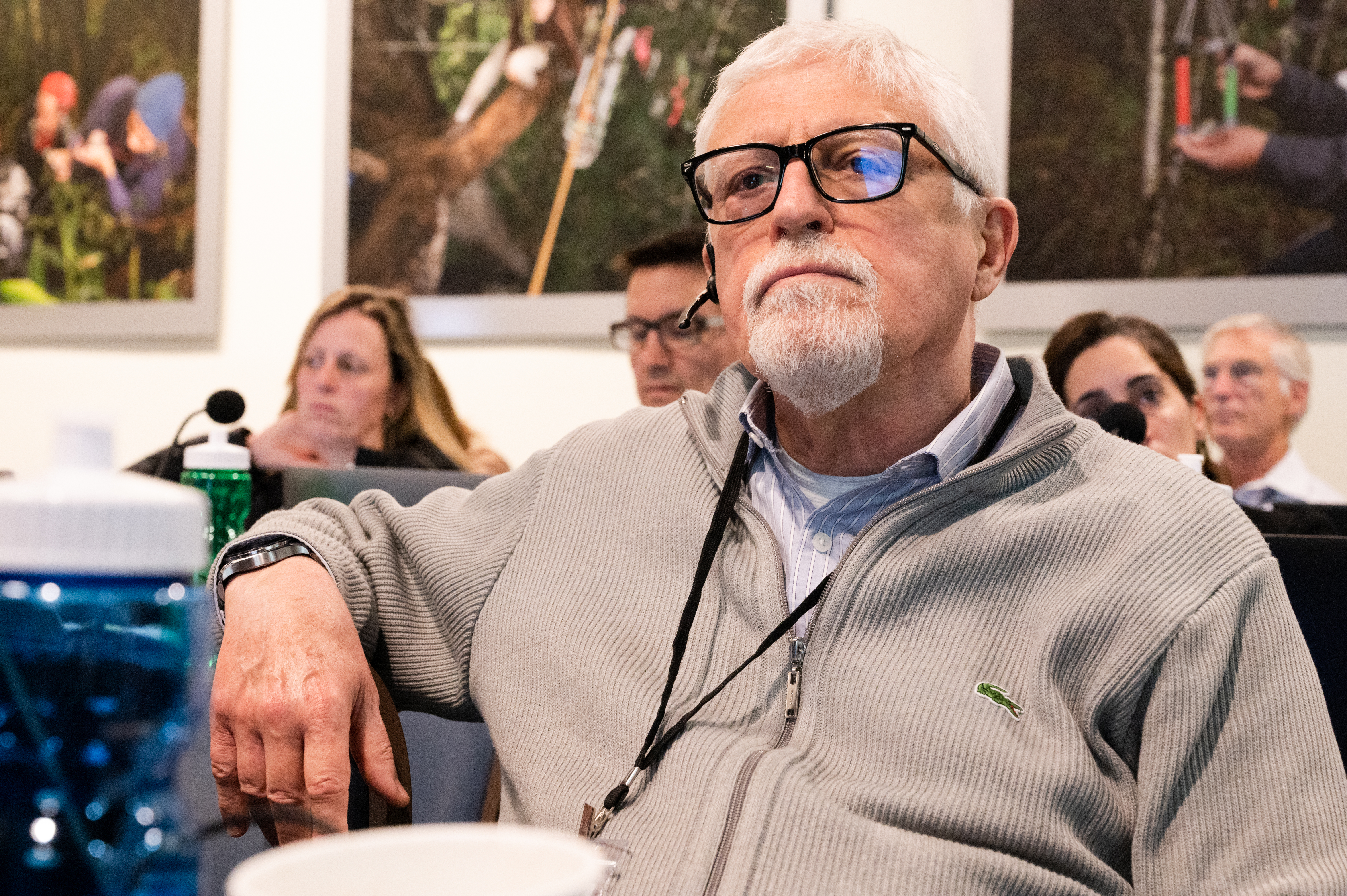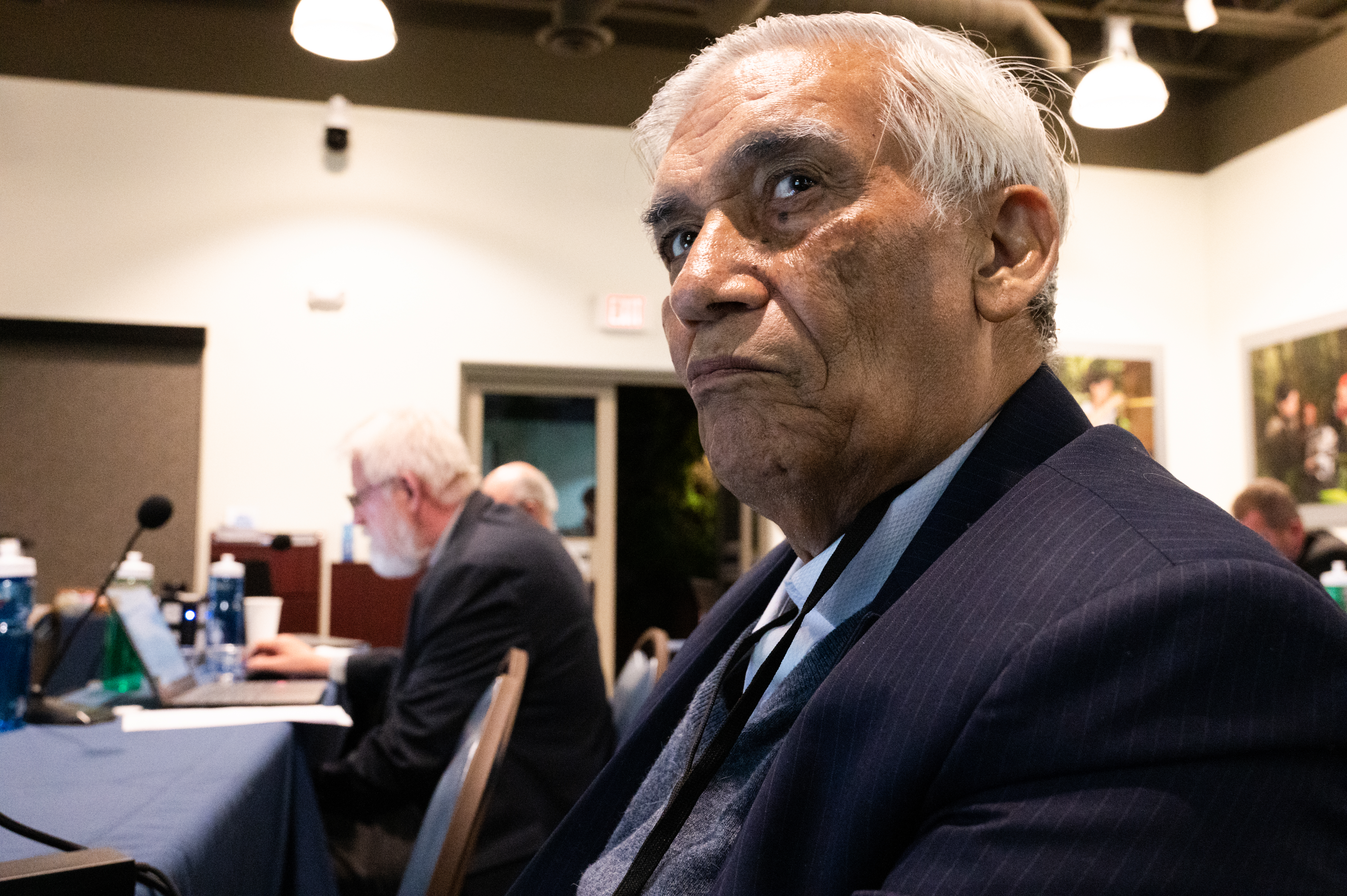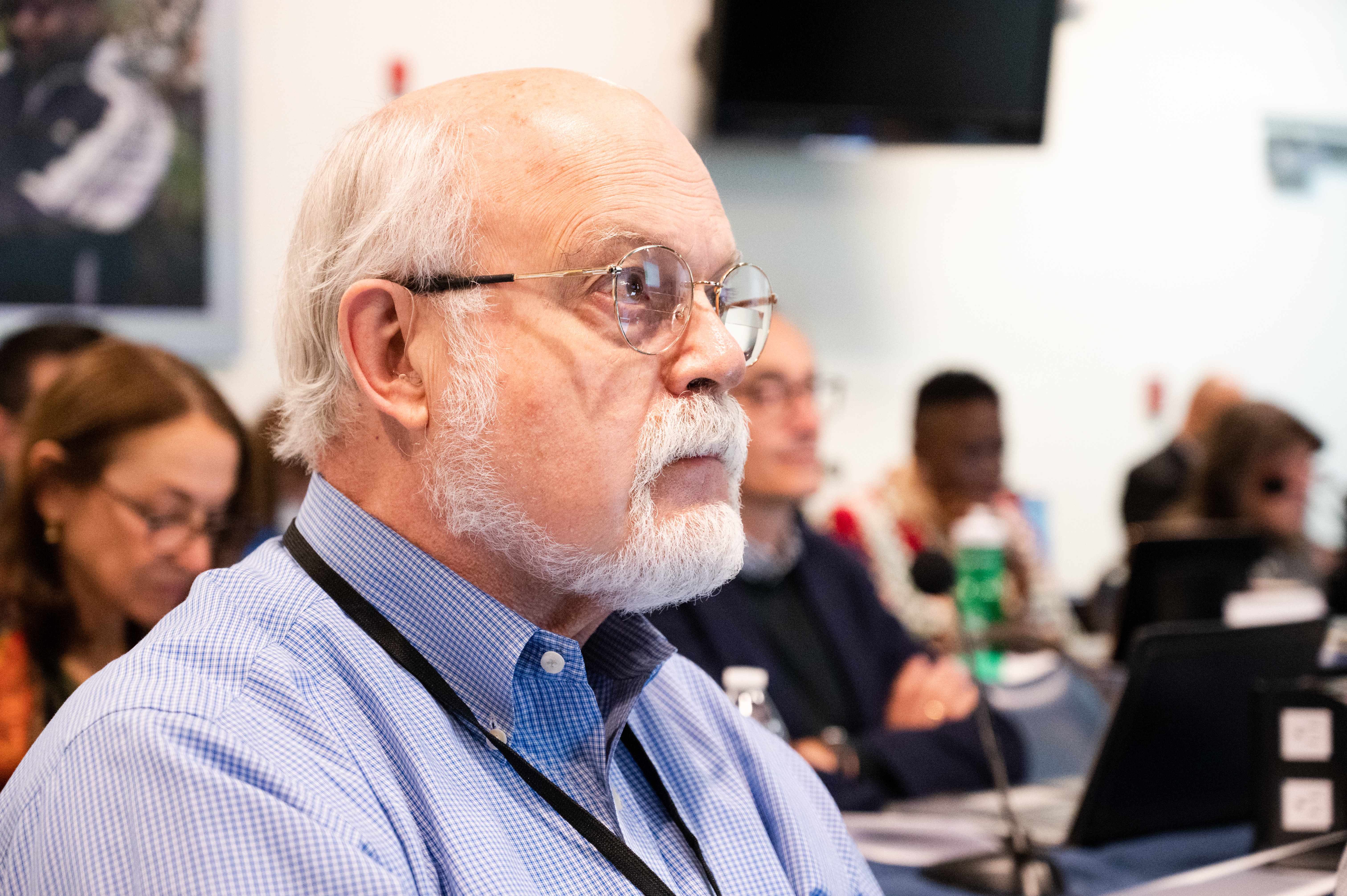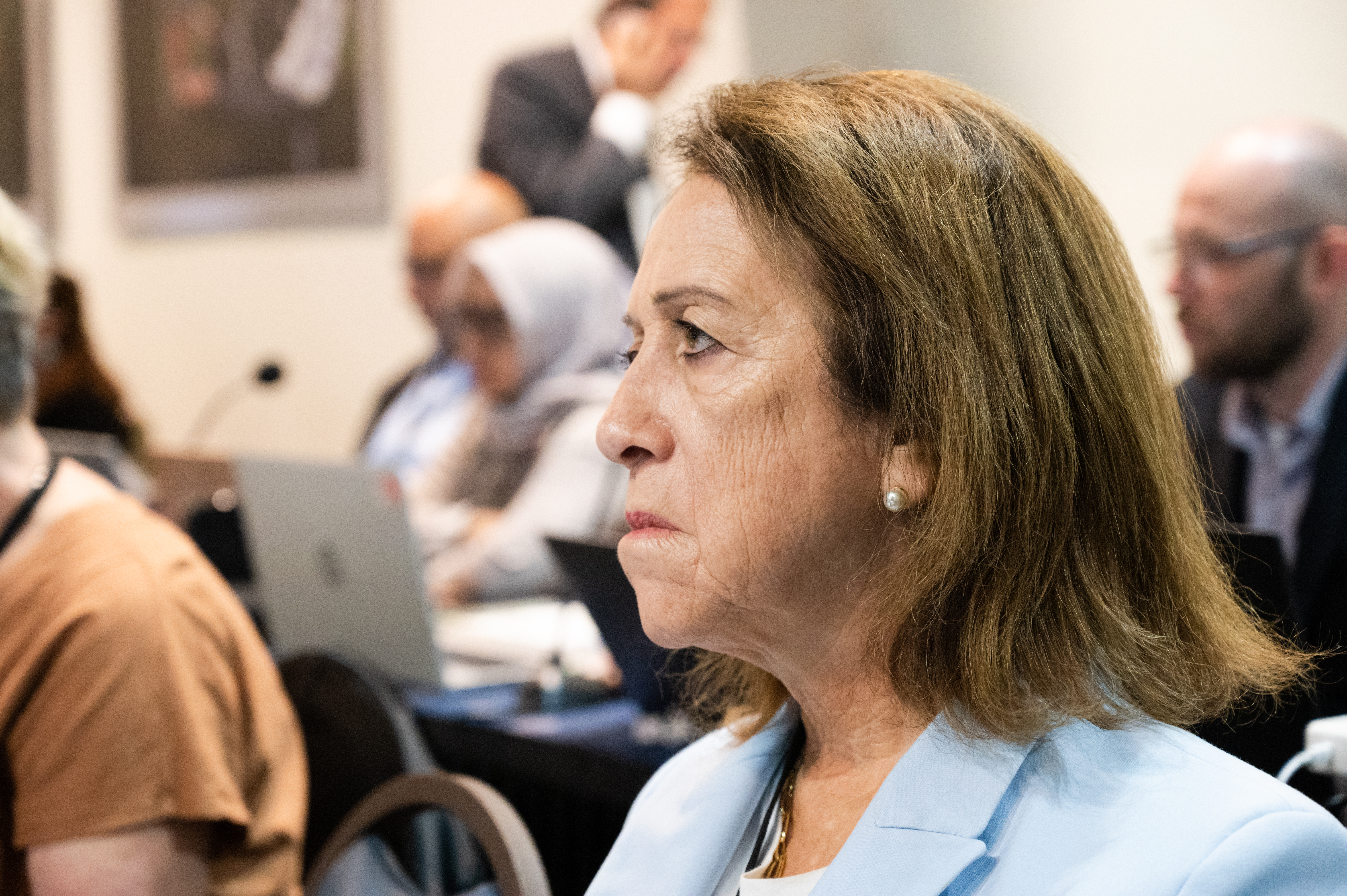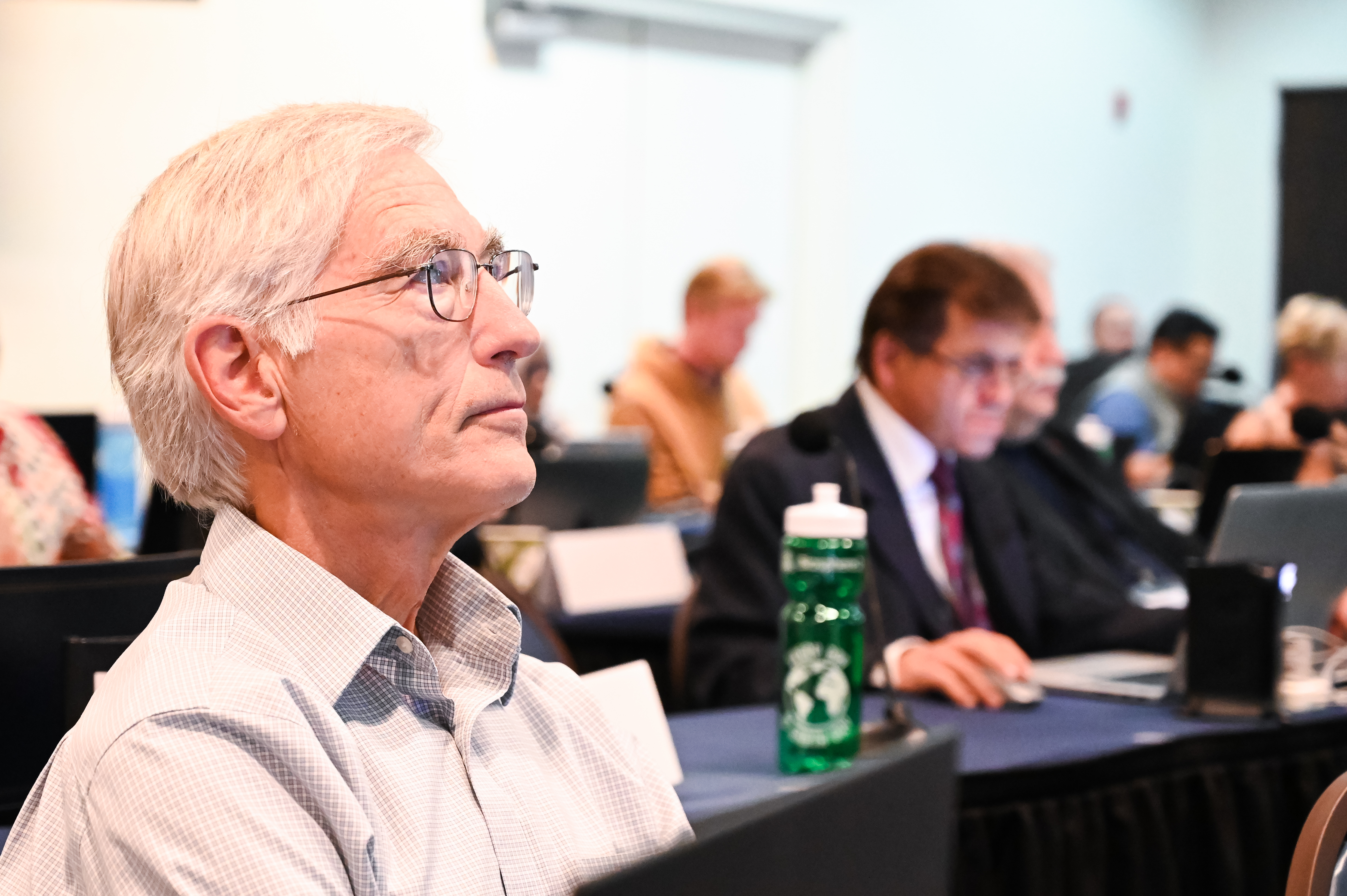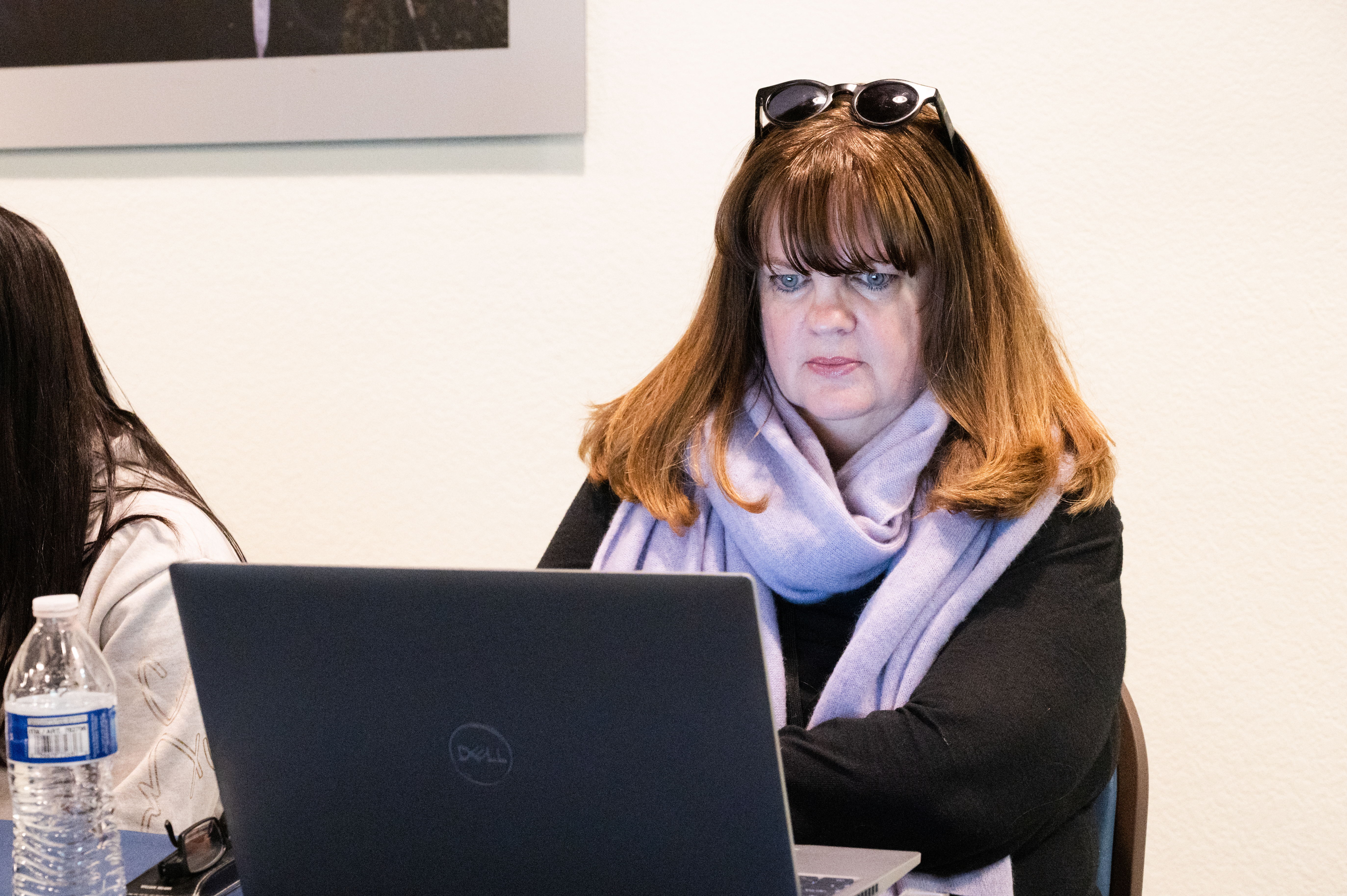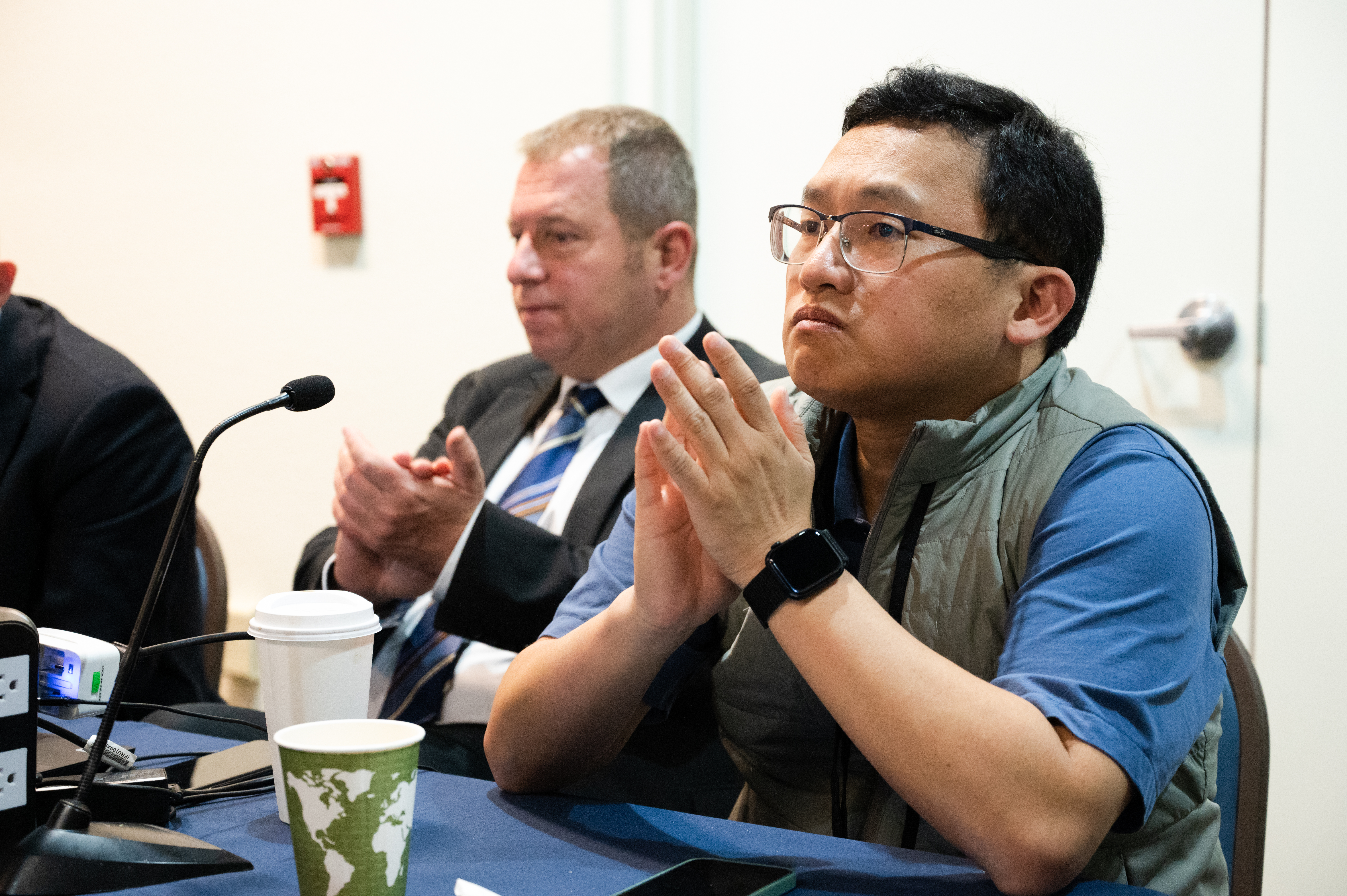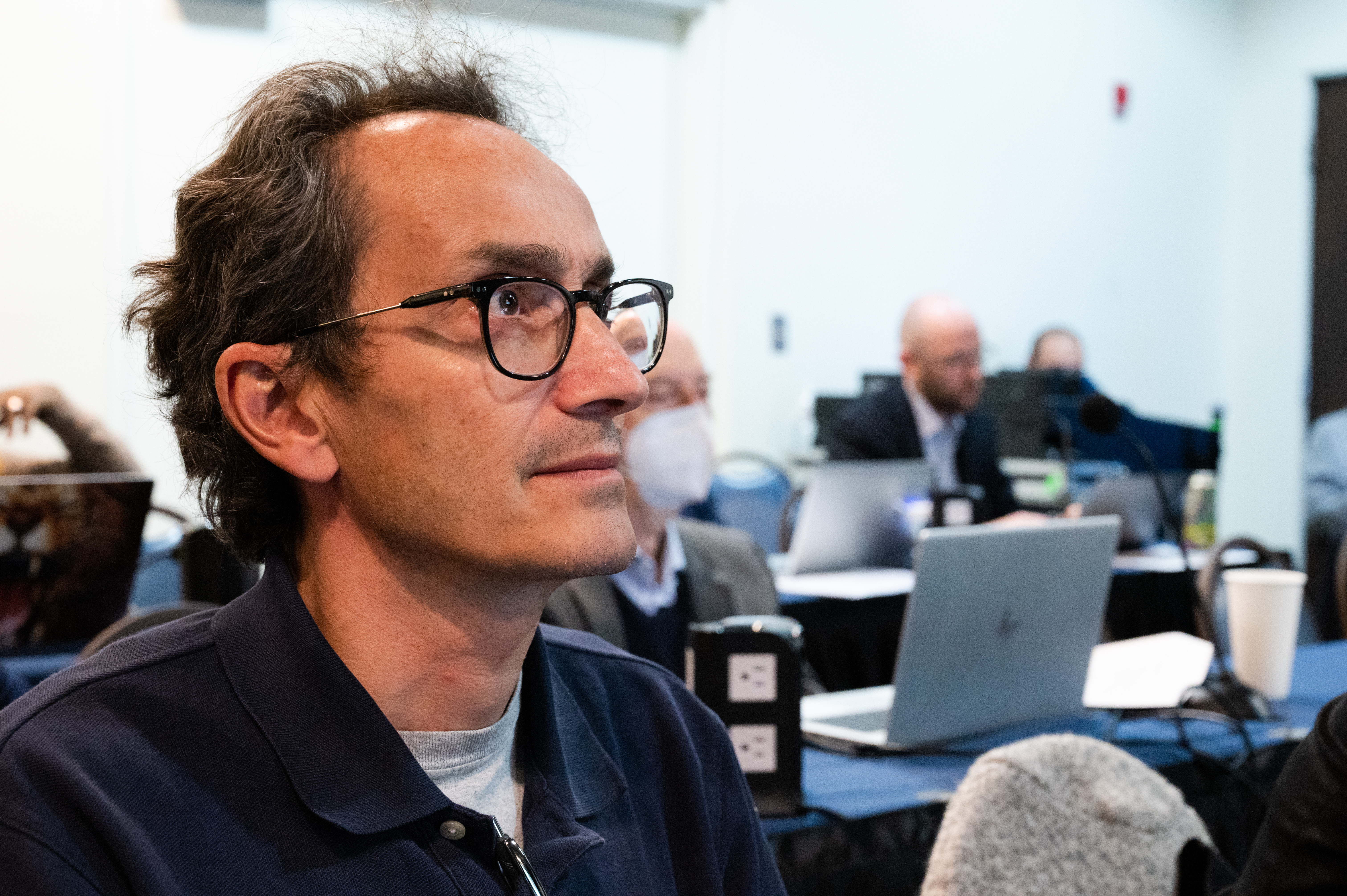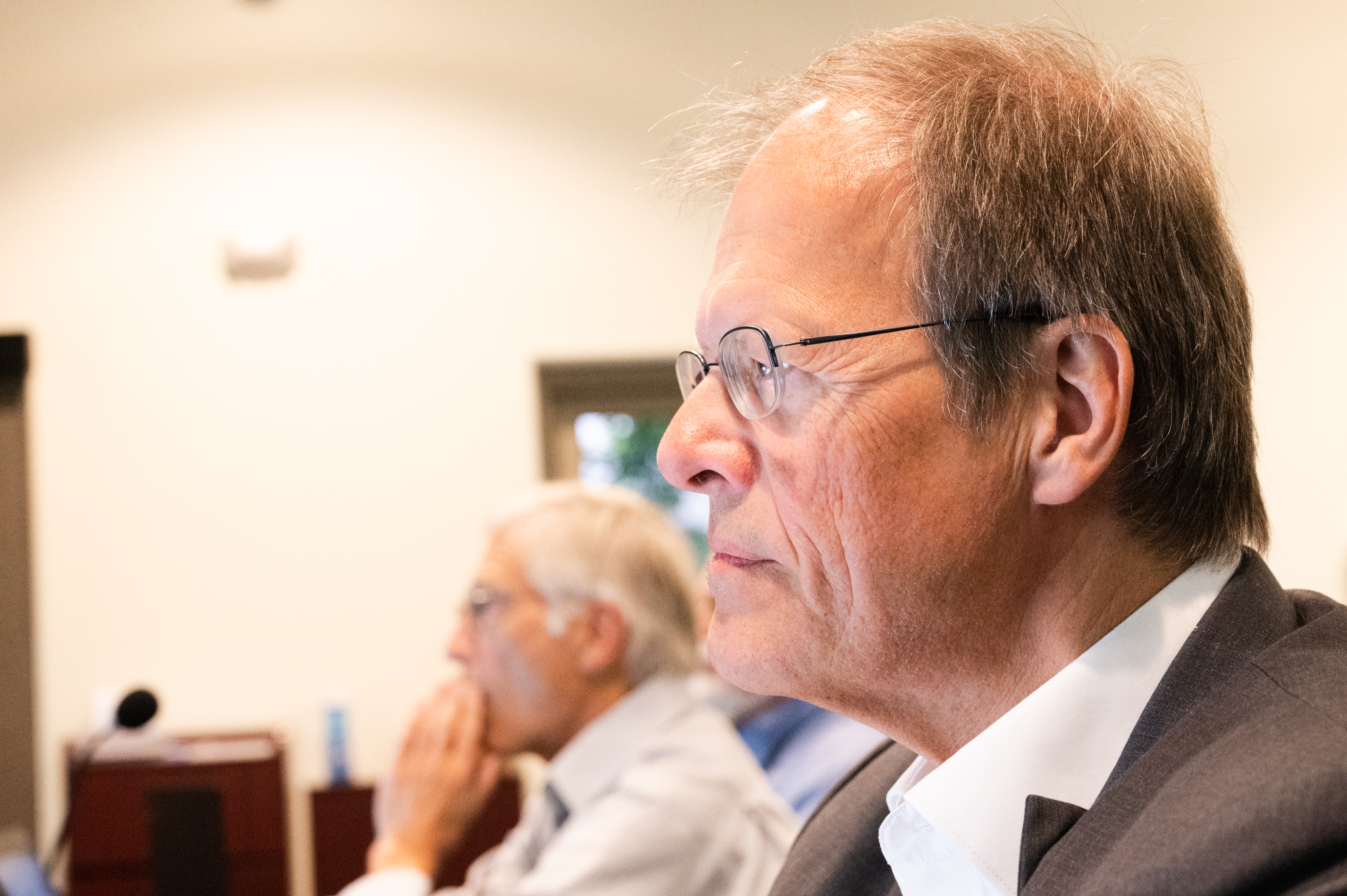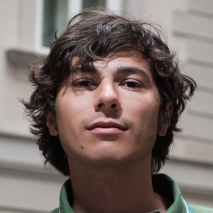


The well-being of communities depends on valuing and engaging the rich diversity of all community members. This is especially true for the international research community, highlighted the Triennial Conference of the InterAcademy Partnership (IAP) and the Worldwide Meeting of Young Academies, a gathering that took take place on 1-3 November 2022 online and at the University of Arizona’s Biosphere 2.
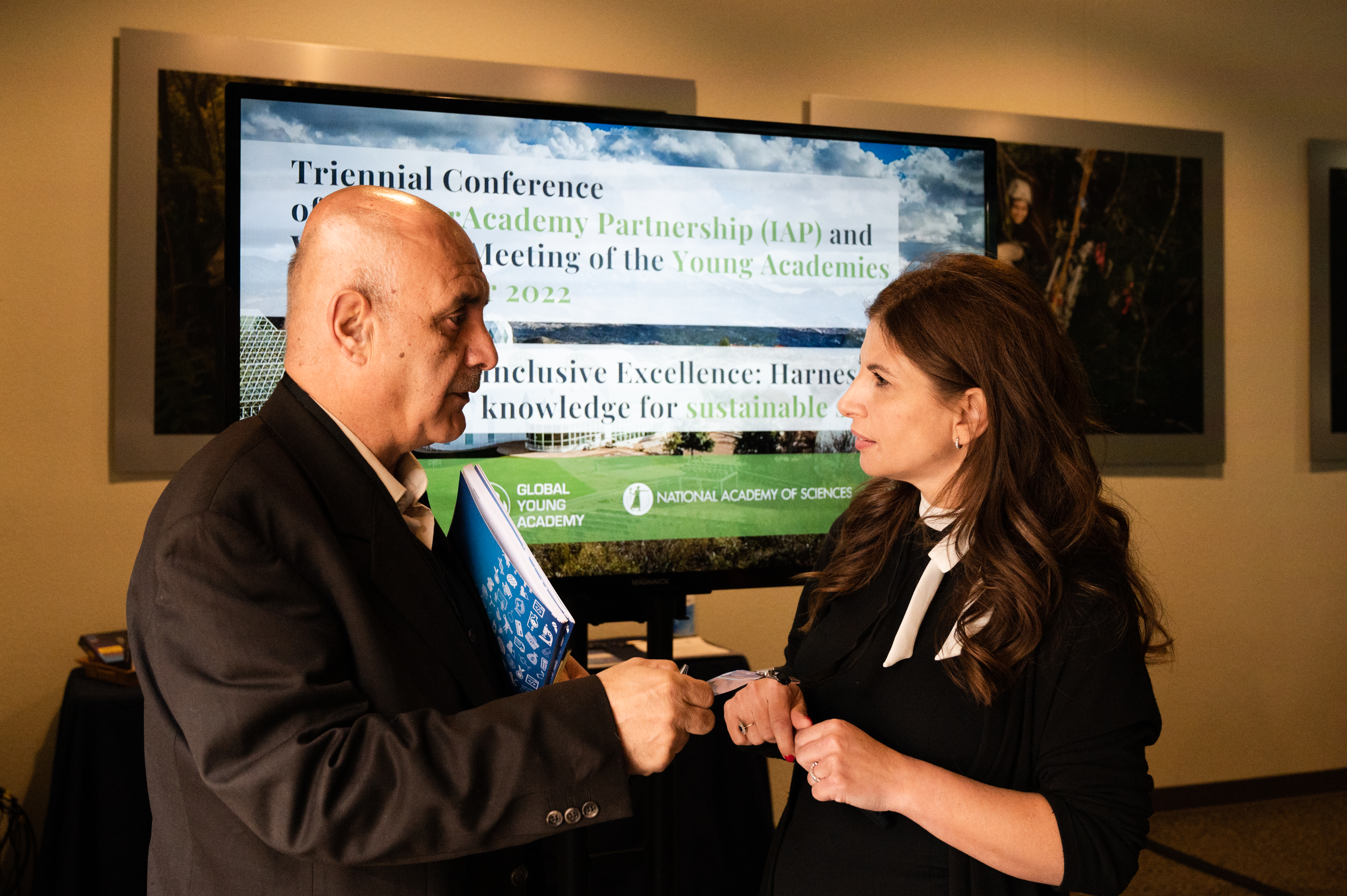
Over 220 participants from 60 countries registered for this hybrid conference that explored the theme ‘Inclusive Excellence: Harnessing Knowledge for Sustainable Societies’ and considered how research can address global challenges, how current research structures and processes exclude valuable voices and knowledge systems, and how to make these structures and processes more equitable and sustainable.

The Triennial IAP Conference has always been a key event for the global network of science, medical and engineering academies, and for the first time this gathering saw the participation of young academy representatives.
Early-career researchers sat next to senior academicians not only in person at Biosphere 2, but also in the 13 sessions included in the Conference’s programme (recordings of the sessions will soon be available on the IAP YouTube channel).
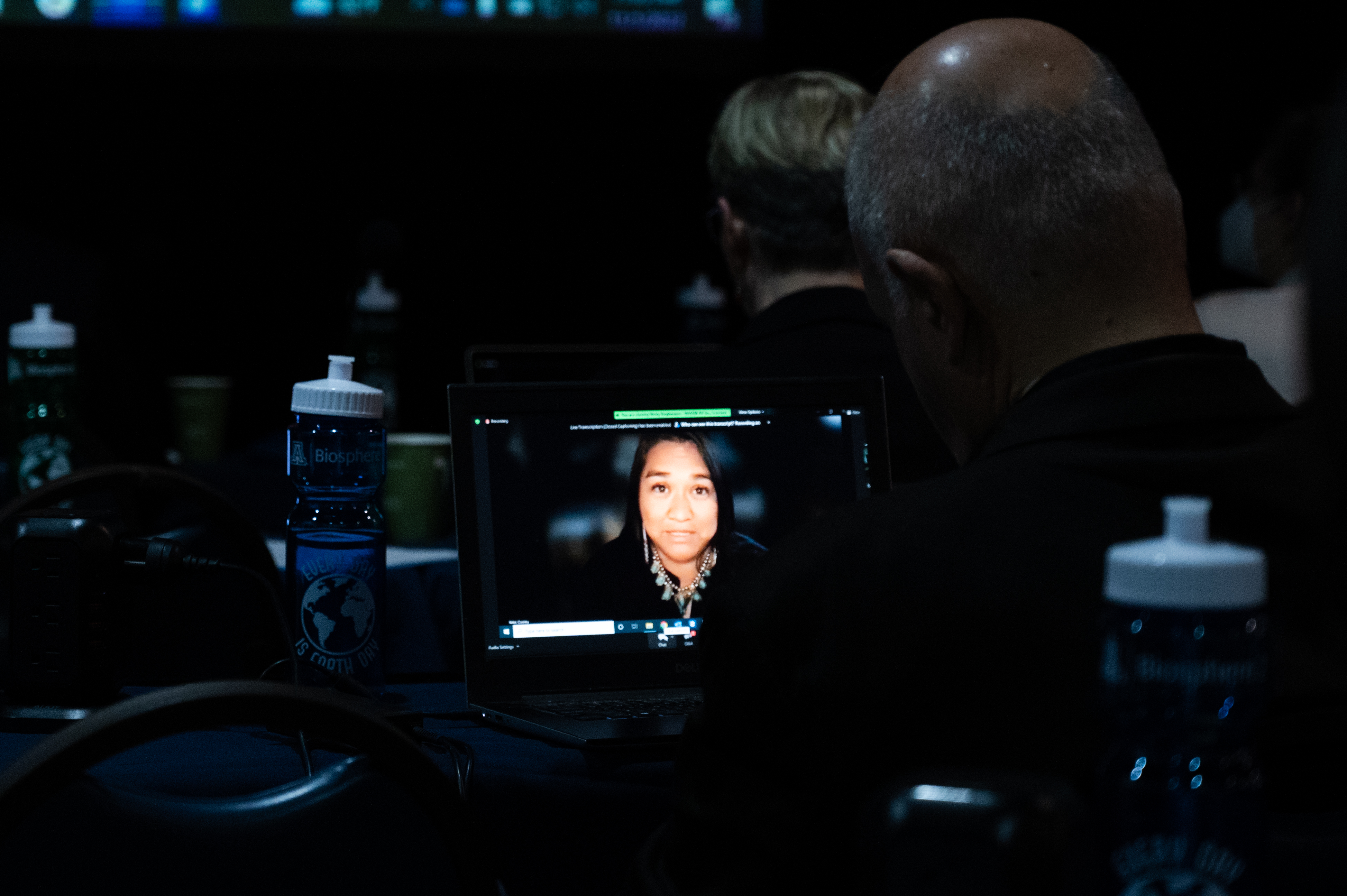
“The success of this meeting is a perfect illustration of the progressive efforts to synergize initiatives for the advancement of science between senior and young academies worldwide,” said Priscilla Mante, co-chair of the Global Young Academy (GYA), adding that “this synergy is important to foster interdisciplinary and intergenerational dialogue needed for building sustainable research ecosystems that foster inclusive excellence.”
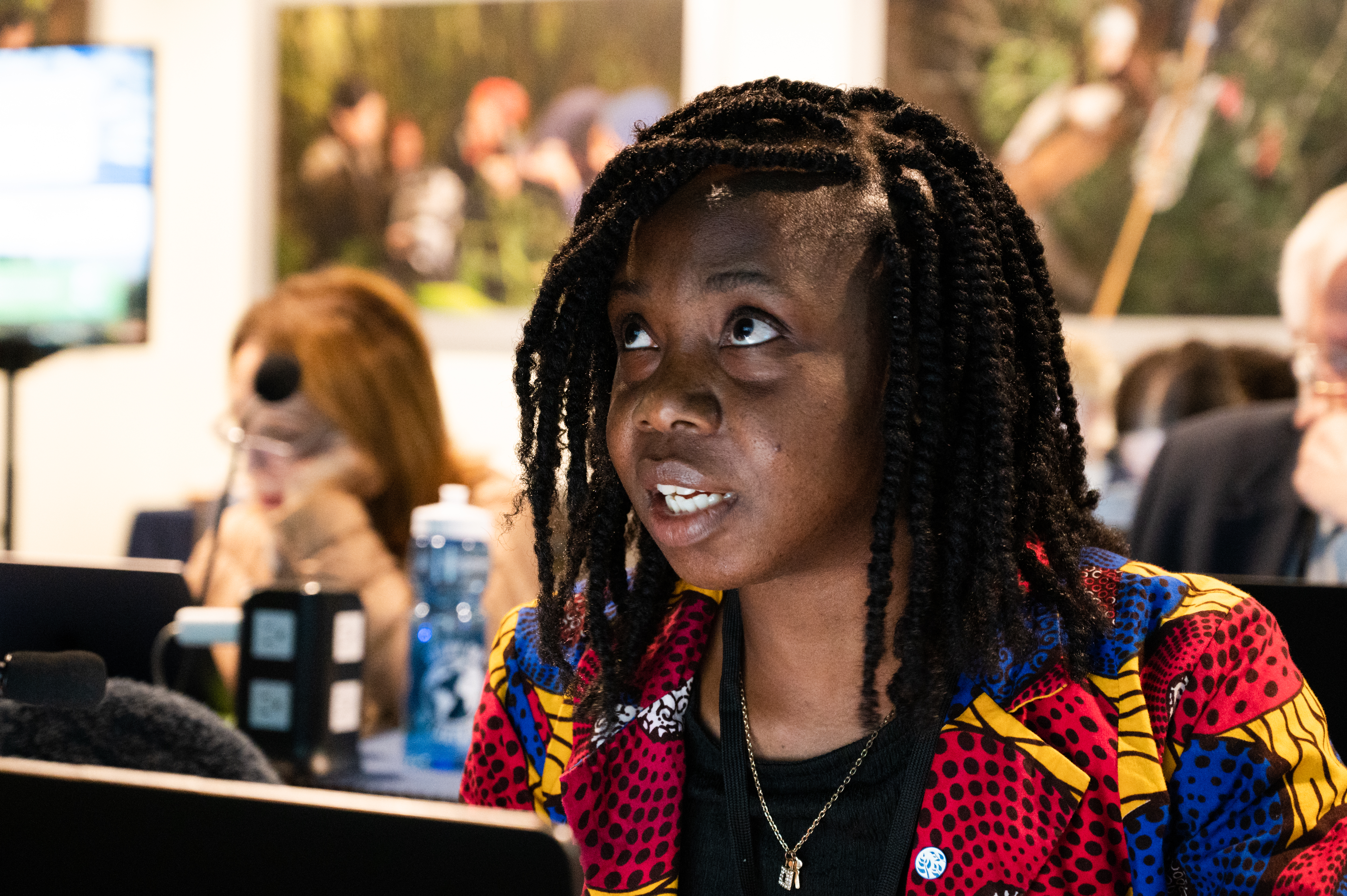
“This meeting, without exaggeration, was undoubtedly a long-awaited event. The exceptional diversity and expertise of speakers facilitated lively, well-balanced, engaging discussions,” she emphasised.
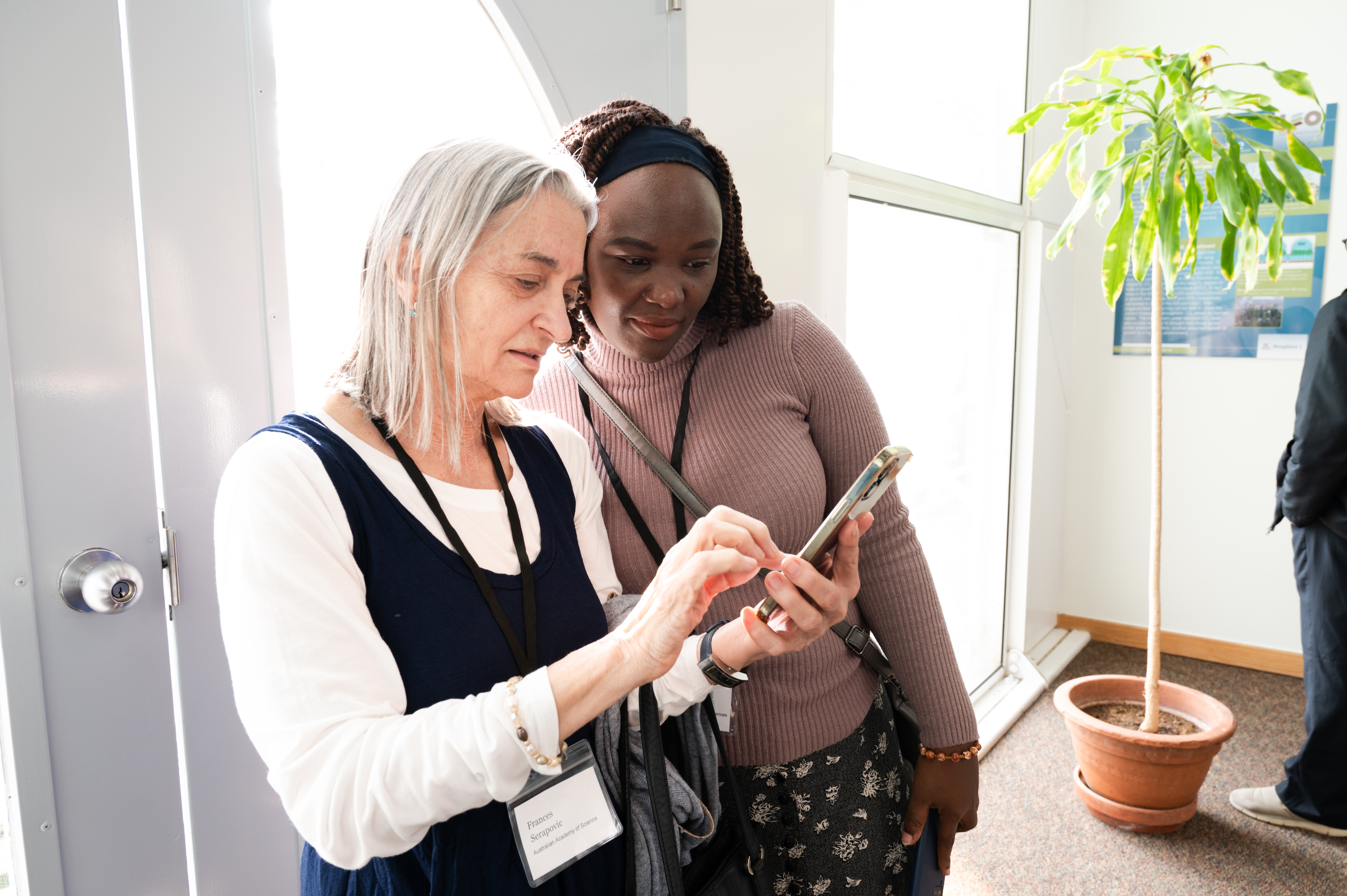
The opening plenary session, ‘Inclusive excellence and climate justice’, set the tone of the event, and included not only welcome remarks from IAP and young academy representatives, but also a keynote presentation by Honorable Mary Robinson, former President of Ireland and UN Commissioner for Human Rights.
"We need to communicate the climate crisis much better," she said, stressing the opinion that climate justice, a concept that links human rights and development to achieve a human-centred approach, will be key to achieve a sustainable future.
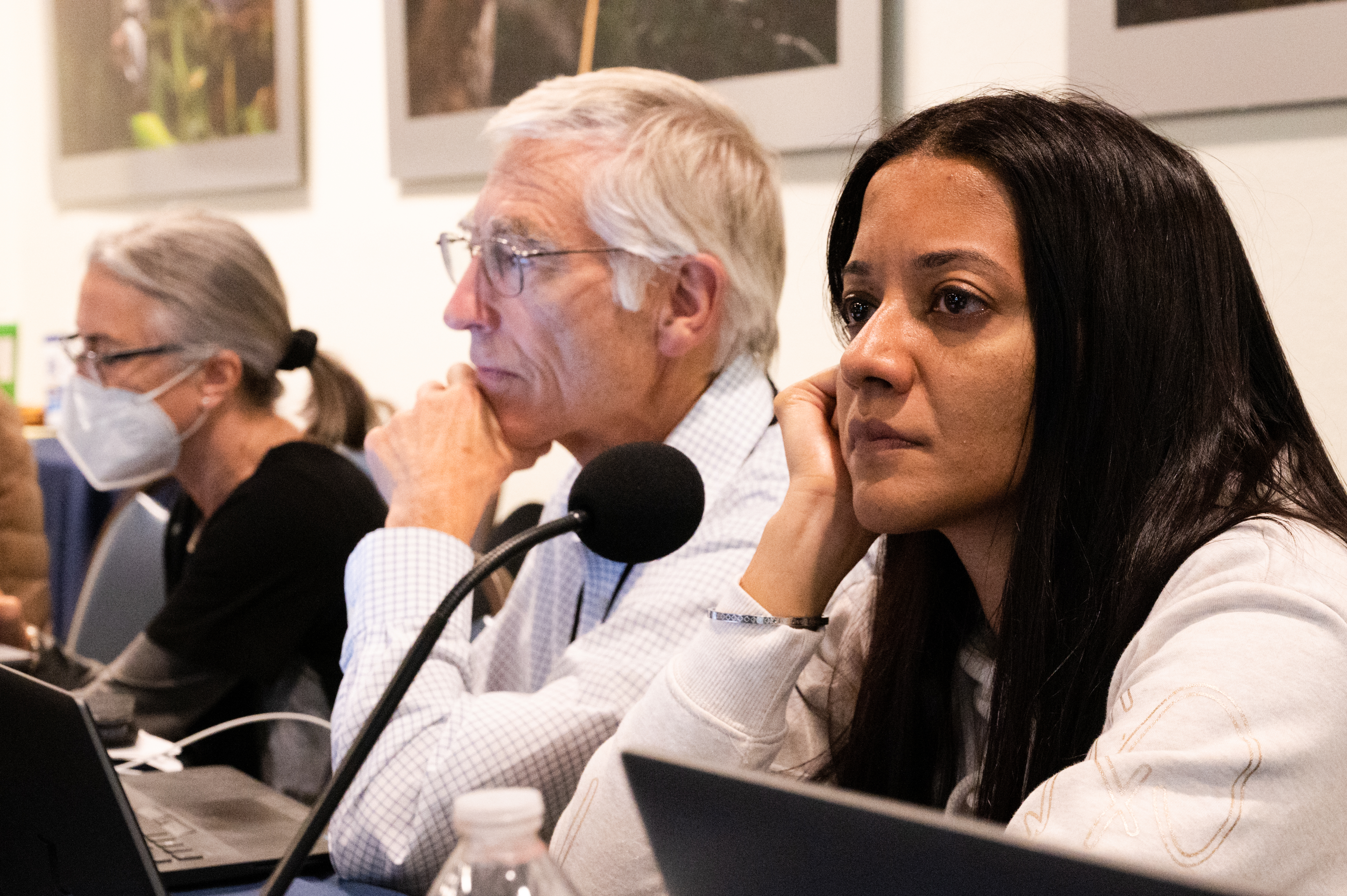
During this 3-day event, participants discussed some of the major project and activities carried out by IAP and its regional networks in the past three years - such as Climate Change and Health, Combatting Predatory Academic Journals and Conferences, and activities of the IAP Science Education Programme – and highlighted challenges and opportunities for researchers from all regions.
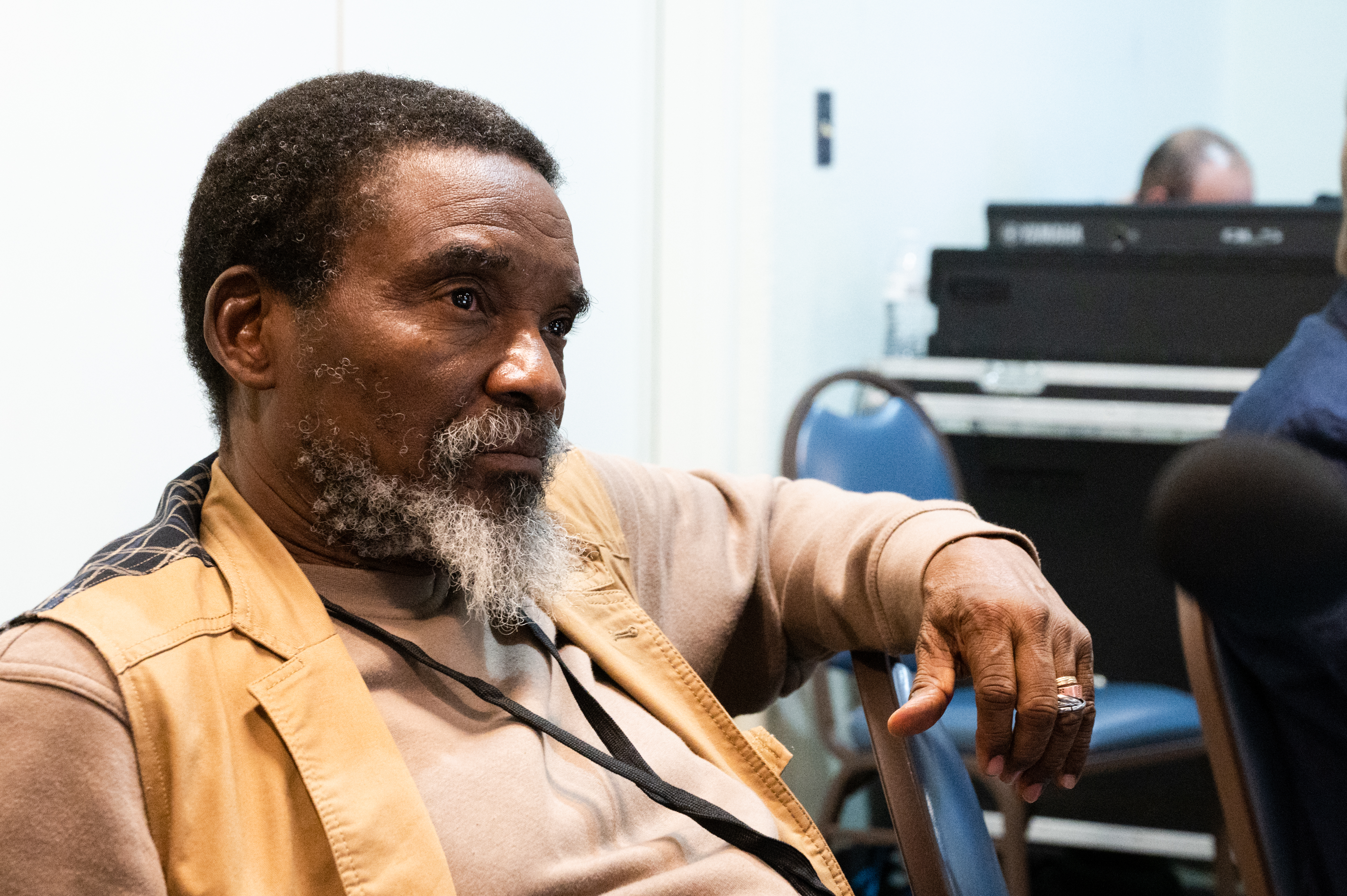
The Conference was open to the general public, but the meeting saw also two closed-door sessions. On 2 November, the 2022 Worldwide Meeting of Young Academies session brought together representatives from existing and from newly-established young academies from all over the globe to exchange experiences, discuss successful young academy activities, and develop common positions and best practices for cooperation both on a global and on regional levels.
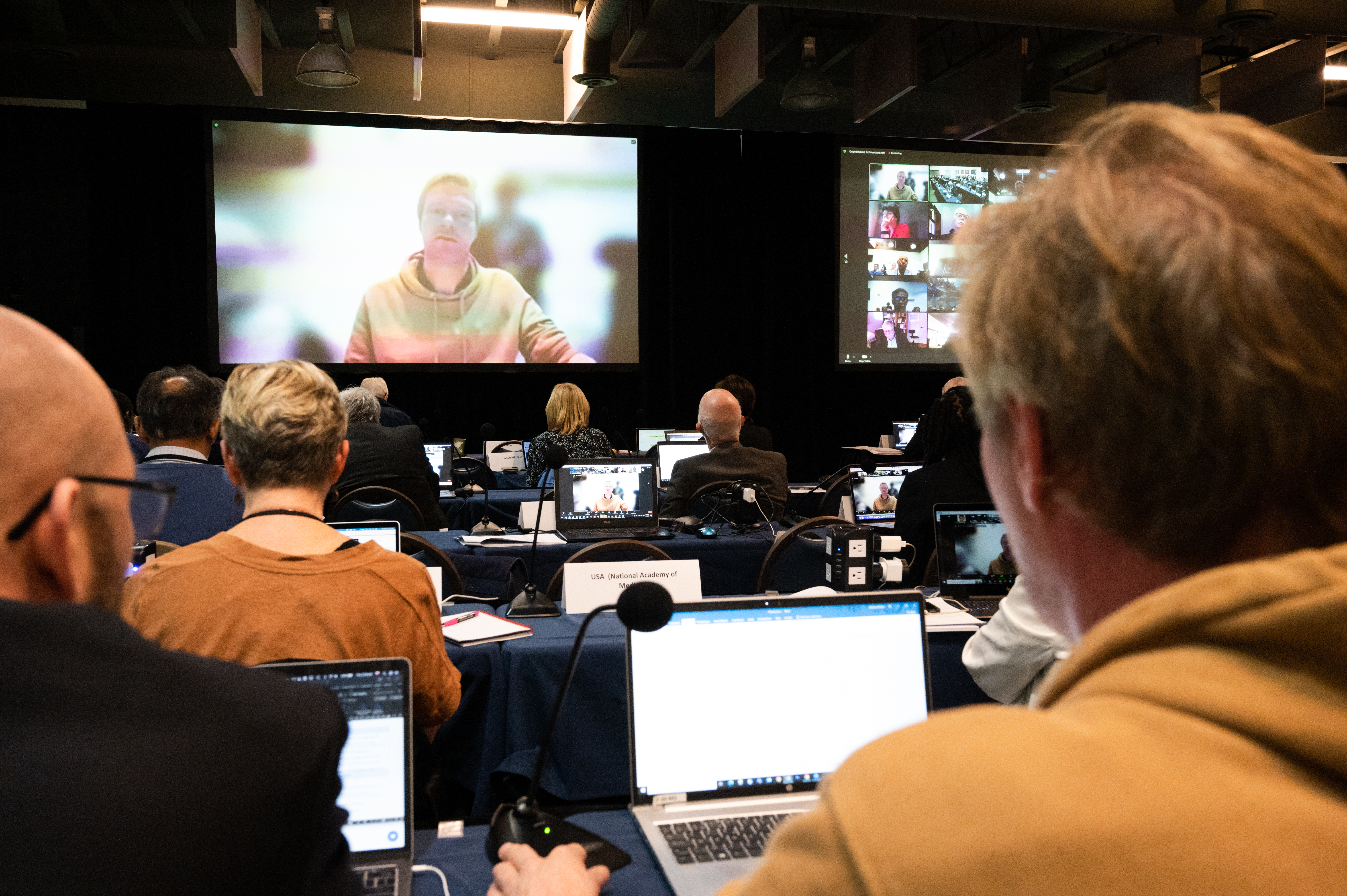
On 4 November, the IAP General Assembly allowed representatives of IAP member academies and regional networks to reflect on the activities carried out over the last three years, consider the future of the organisation, and to celebrate the passing of the baton from the outgoing to the new IAP leadership.
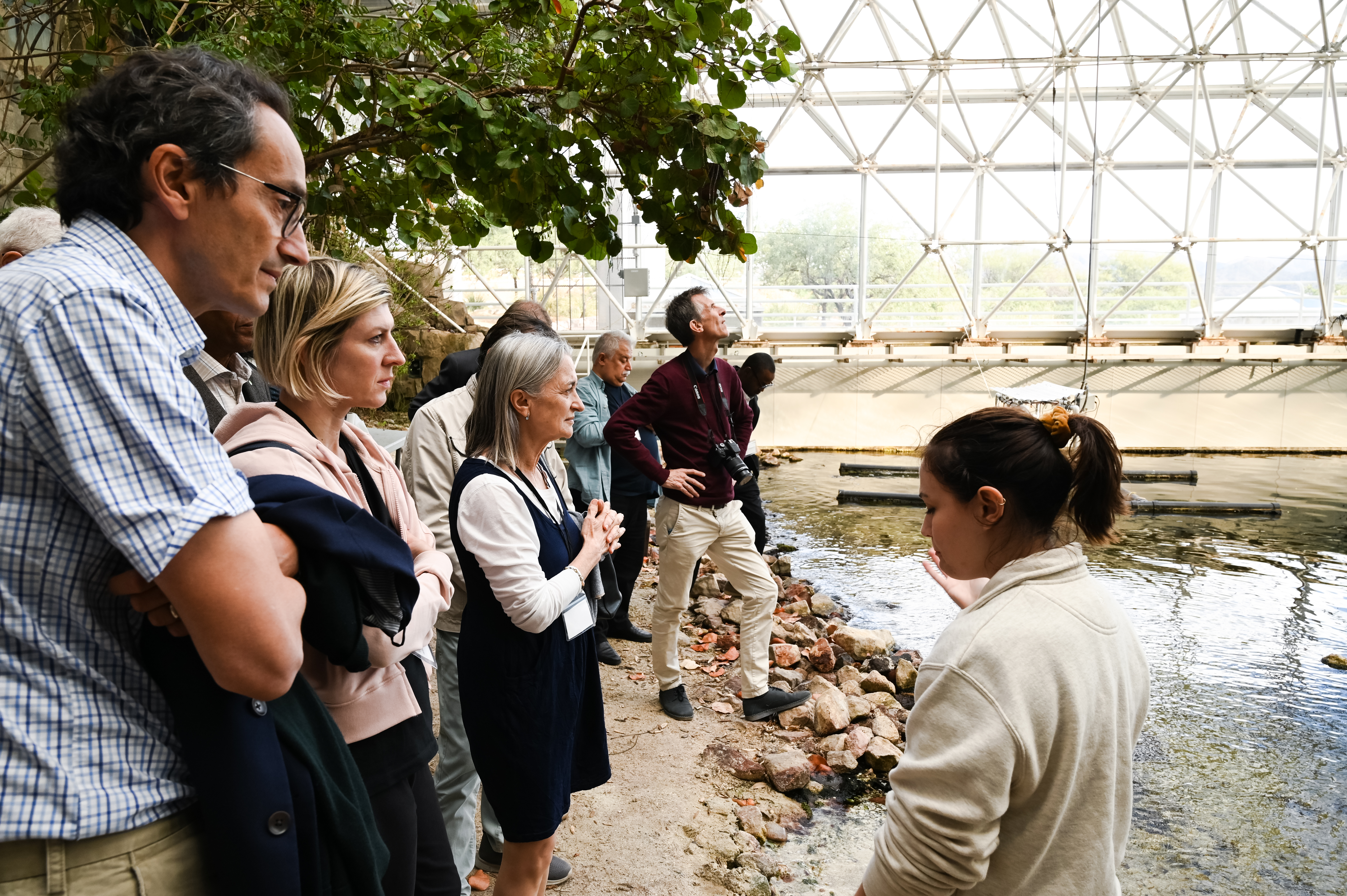
Masresha Fetene (Ethiopian Academy of Sciences) and Peggy Hamburg (National Academy of Medicine, USA) replaced Depei Liu (Chinese Academy of Engineering) and Richard Catlow (Royal Society, UK) as the two co-Presidents who now sit on the newly-established IAP Board, which also includes Stephanie Burton (Academy of Science of South Africa), Asma Ismail (Academy of Sciences Malaysia), Diane Negra (Royal Irish Academy) and Gianfranco Pacchioni (Accademia Nazionale dei Lincei, Italy). The IAP General Assembly acknowledged the strong leadership provided over the past years by outgoing co-Presidents Liu and Catlow and outgoing co-chairs Krishan Lal (Indian National Science Academy) and Cherry Murray (National Academy of Sciences, USA) who succeeds to Mike Clegg as IAP Treasurer.
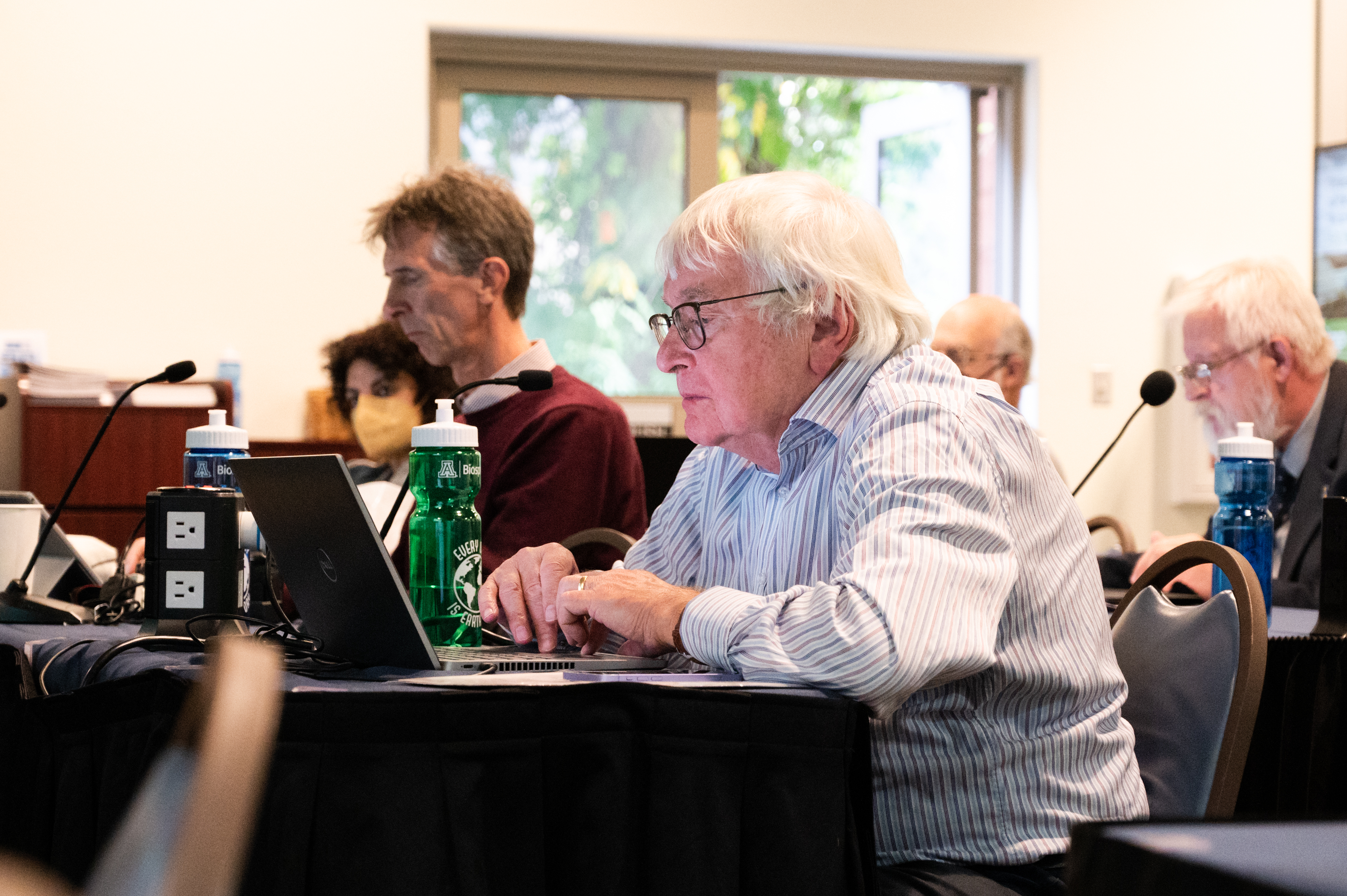
IAP co-President Masresha Fetene believes that the conference proven to be “a unique opportunity for interaction and exchange of refreshing ideas and perspectives.”
“The Conference, by bringing together amazing talents, seasoned scholars from different continents and from young and senior academies, was able to generate critical recommendations for governments, policy makers, international organization and the scientific community at large.”
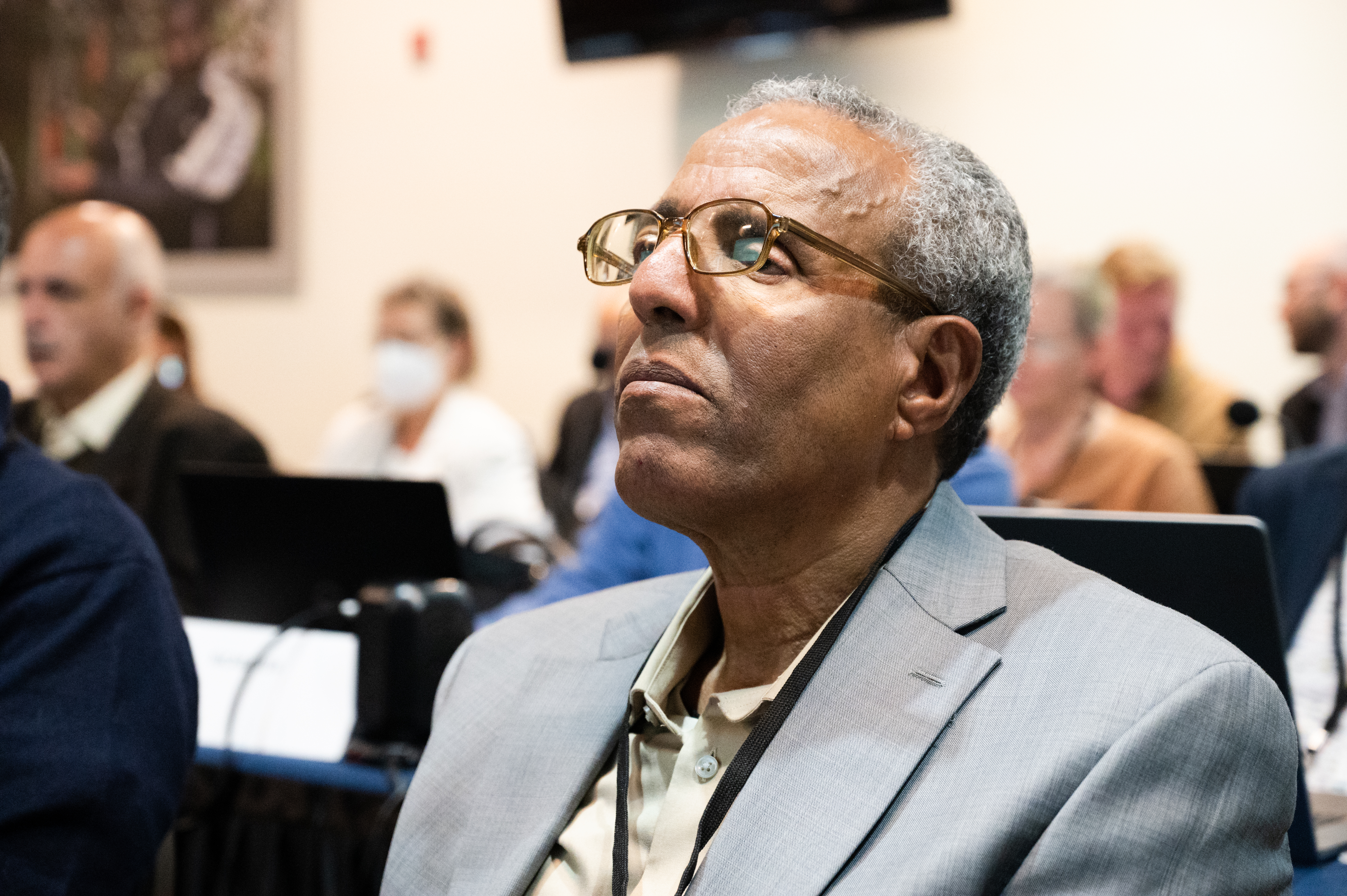
“Also, true to its motto, the Conference has been very inclusive in terms of the gender composition of its contributors, the regional distribution of the participants, the career stage of the various presenters, and the diversity of the topics addressed,” he added.
IAP co-President Peggy Hamburg agrees. “In partnership, we have examined an array of pressing issues for science and society, ranging from climate change and health, energy transition, pandemic preparedness and response, to the value of diversity and inclusion in academia and scientific academies,” she said.

“Exciting progress has been made, but so much more needs to be done. It is clear that this is a critical time to strengthen and extend the role and impact of IAP. More than ever, the world needs an expert and engaged global scientific community to catalyse, shape and advance science and evidence based policy, programmes and action.”
“As a newly elected IAP co-President, I am eager to help IAP continue to extend the organization’s unique and vital contributions to science and society,” she concluded.

The Conference was hosted by the US National Academy of Sciences (NAS) and the Royal Society of Canada (RSC) and co-organized by IAP, the Global Young Academy (GYA), the US National Academies of Sciences, Engineering and Medicine, the Royal Society of Canada, the RSC College, and the NAS New Voices Program.
We respectfully acknowledge the University of Arizona is on the land and territories of Indigenous peoples. Today, Arizona is home to 22 federally recognized tribes, with Tucson being home to the O’odham and the Yaqui. Committed to diversity and inclusion, the University strives to build sustainable relationships with sovereign Native Nations and Indigenous communities through education offerings, partnerships, and community service.
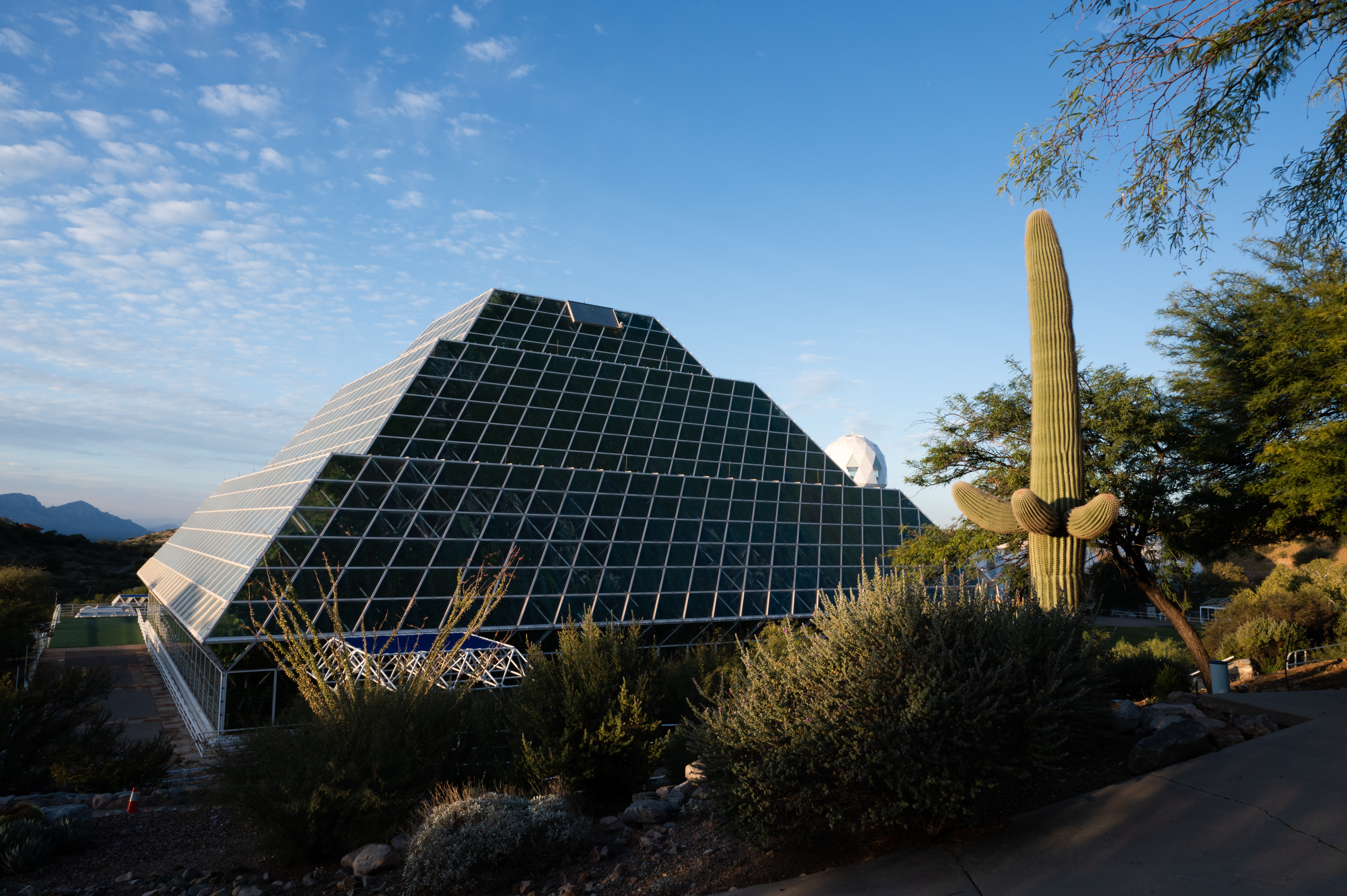
More photos are available here:

